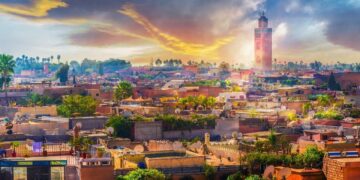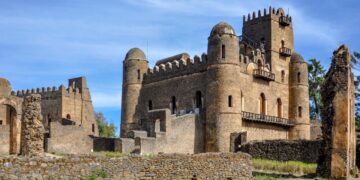A nine-and-a-half-hour flight from Istanbul to reach the place in the Indian Ocean that people mistake for Paradise: Mauritius. The island of sugar, vanilla, rum, color, and joy. Six days spent here were enough to realize that even 60 years is not enough to enjoy one of the Earth’s magical places. Jules Renard once said that “There is no paradise on Earth. But there are certain bits of it’.
On one of these, I arrived, aboard a Turkish Airlines aircraft, sat under the roof of the luxury paradise resorts called Club Med, and found respite from the beach hustle and bustle to enjoy, like any traveler, some of the places this island boasts and then share what you can do and see in Mauritius.
And if you go to Mauritius with your family, here is how to enjoy the island with the kids.
Dodo bird, the symbol of Mauritius
You probably have a few evident things in mind when you hear of Mauritius: the honeymoon (obviously!), sugar, and the Dodo bird. All good things about the Dodo, with the only caveat being that it became extinct in the 17th century when the island became inhabited, and the poor chubby, flightless creature (because it didn’t need wings, found everything on the ground and lived happily in a pristine natural setting) was exterminated by the colonialists. Not directly, but as they gathered the island’s resources, Dodo ran out of food and slowly disappeared. As Mauritius was the only place he lived, Dodo became history. It was long before people made a ‘composite portrait’ of the bird from a skeleton discovered by an archaeologist in a riverbed.
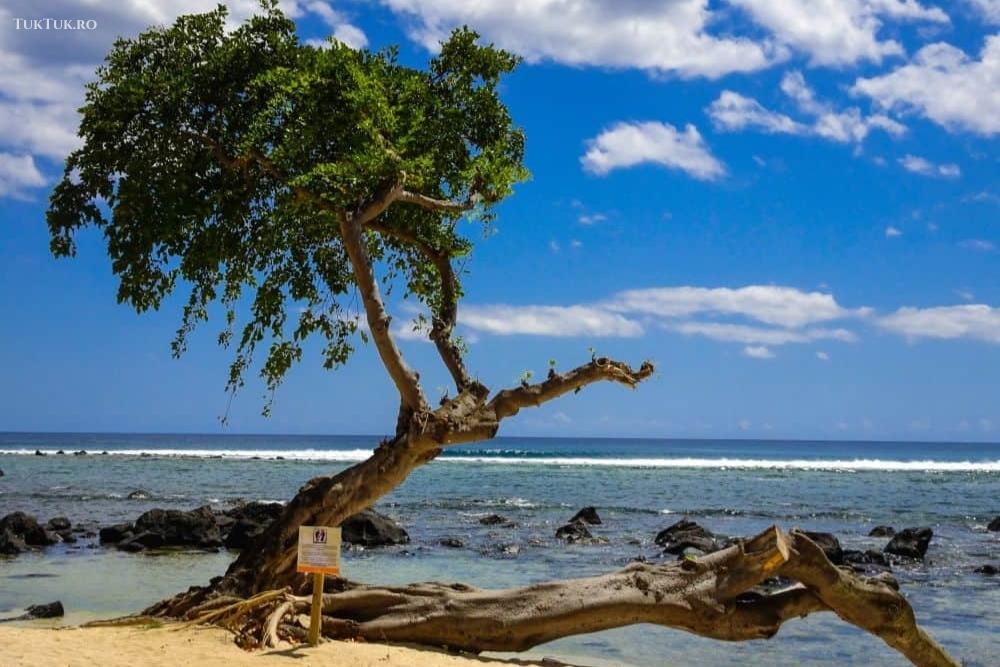
Because not even a sketch of what the creature looked like remained, we can’t be sure that Dodo even looked like the one we imagine today. Today, the Dodo bird is the island’s symbol. You meet it everywhere, from trinkets to statues, almost expecting her to walk alongside you, colorful, cheerful, and always ready to be your guide on her beautiful island.
Mauritius is a place where you come to sunbathe, enjoy the ocean water, and recharge your batteries. We’ve set that. But it’s not just about the beach in Mauritius. The island is beautiful enough to be explored: it has mountains (with bizarre shapes), it has a beautiful national park, it has rivers and sacred places, tropical vegetation, sugar cane plantations – in short, it’s worth and should be visited.
But most importantly to know, this 60 x 40 km island, with a population of 1.3 million, is a delicious French-British-Indian-African-Chinese mix. And none of these nations can be said to have a monopoly. Because Mauritius was originally uninhabited. It was discovered by the Arabs shortly before the year 1000, but they didn’t stay. Portuguese sailors mentioned it later, in 1509, without showing any interest in these lands. The first to settle were the Dutch, in 1598, when Admiral van Warwyck landed in the Grand Port area and named the island ‘Mauritius’ after the Dutch Prince Maurice van Nassau.
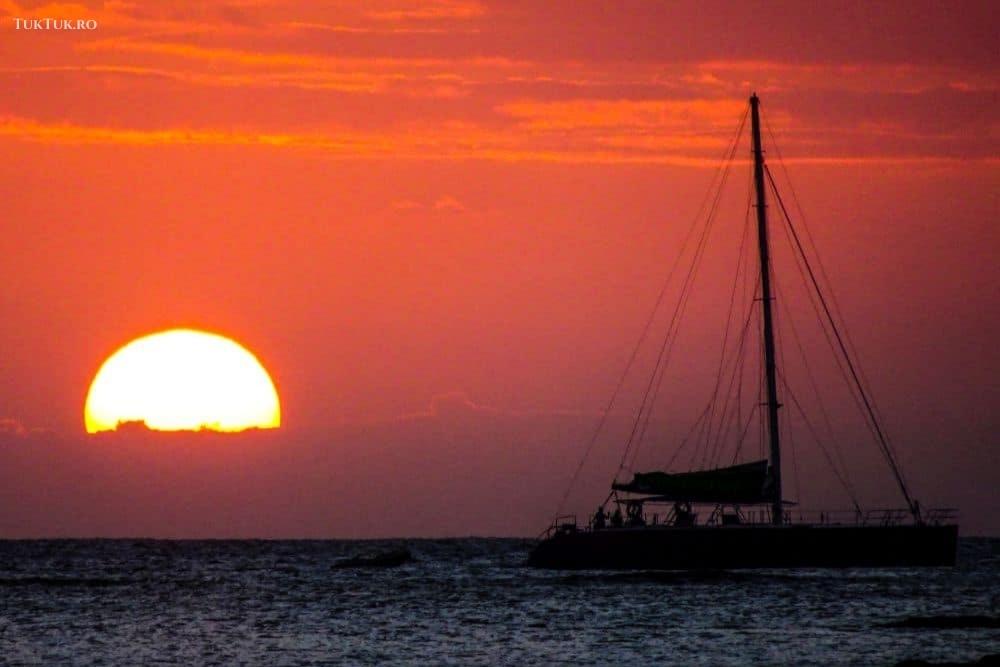
The Dutch stayed for 20 years, then were conquered by the French, who took control of the island in 1715 and renamed it Isle de France. They boosted the local economy, developed the island, set up factories, moved on to sugar cane industrialization, established Port Louis’s capital, and much more. Until 1810, when the British, more warlike by nature, captured the island and reverted to its original name of Mauritius. However, they allowed the French to keep their properties, officially recognized their language and laws, and invited them to stay on.
The French and the British brought people from Africa and India to Mauritius to work on the sugar cane plantations and in other fields – transport, construction, etc. (slavery was abolished in 1835). This is how the Creole mix, which still exists today and defines the island, was formed.
Wandering around, you’re not really clear what the specifics of the place are. But then you discover that the specificity is precisely this mix of cultures and civilizations, each making its own contribution over time. You feel that Mauritius is sort of a European island with an Indian-African flavor or, in reverse, an African-Indian island with a European flavor.
The discussion is long, and there’s no point in doing it here, but when you return from a visit to Mauritius, you will experience the feeling that you have not been in Africa, India, or Europe, but in all these places. Beyond that, nature is the star here, and you’ll see below some of the arguments, which came to light after visiting some of the island’s highlights to find out what you can do in Mauritius, apart from just lying in the sun. Eh, voila:
Learn how quality rum is made at the Chamarel rum factory
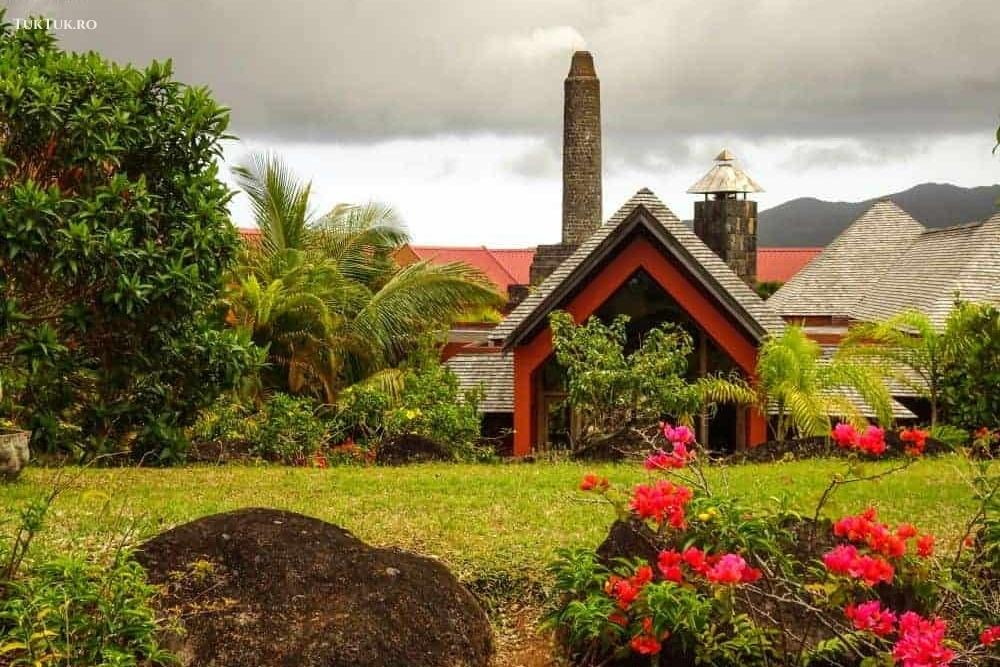
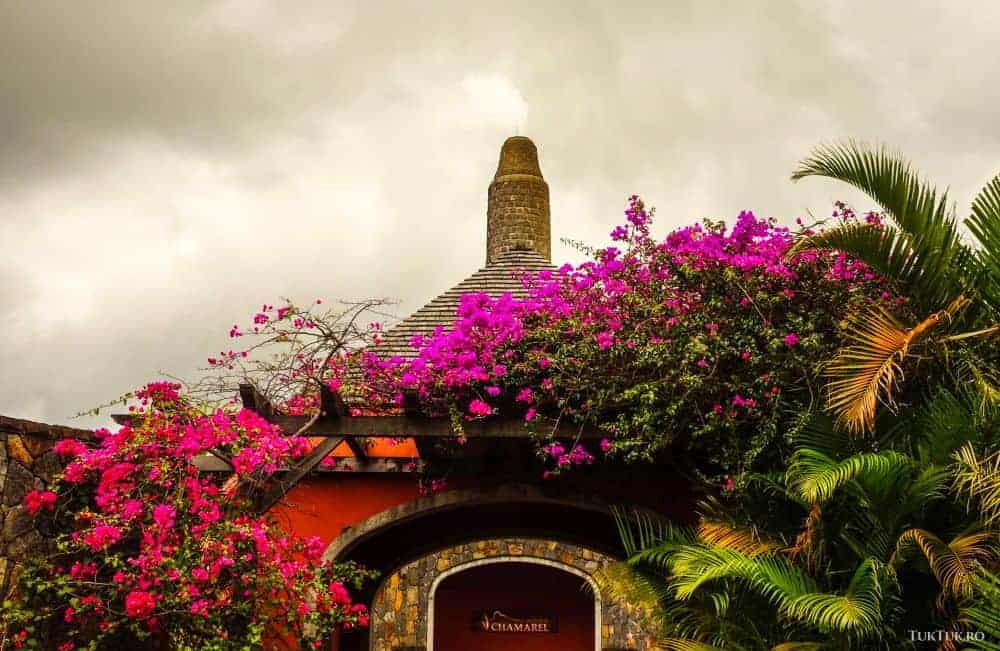
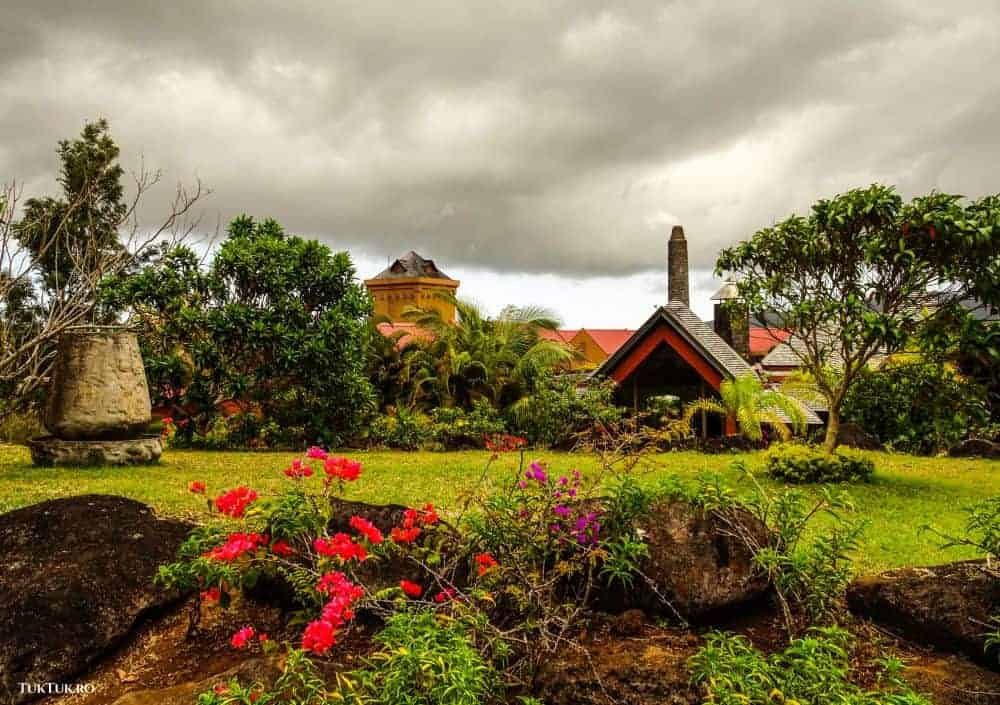
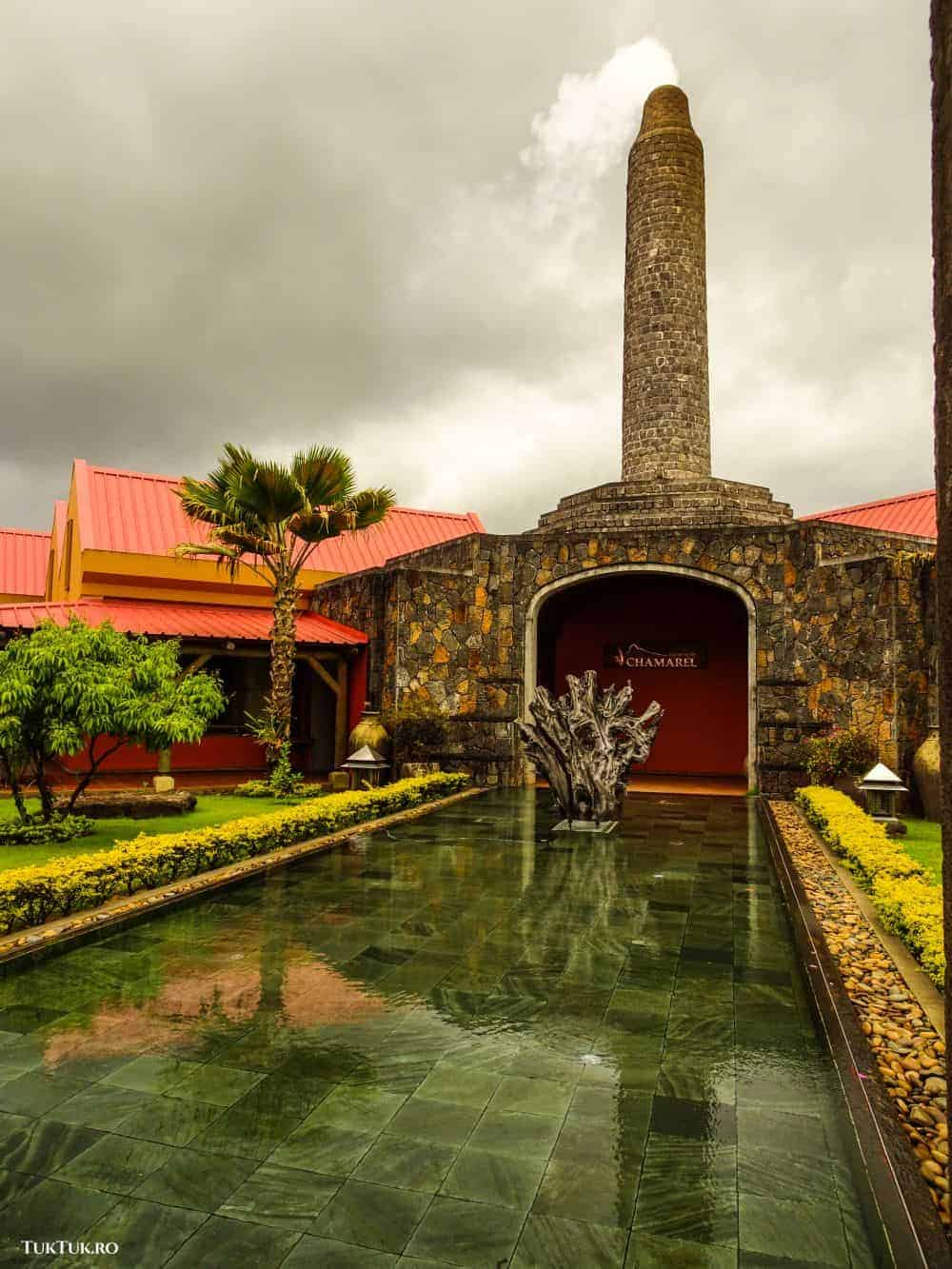
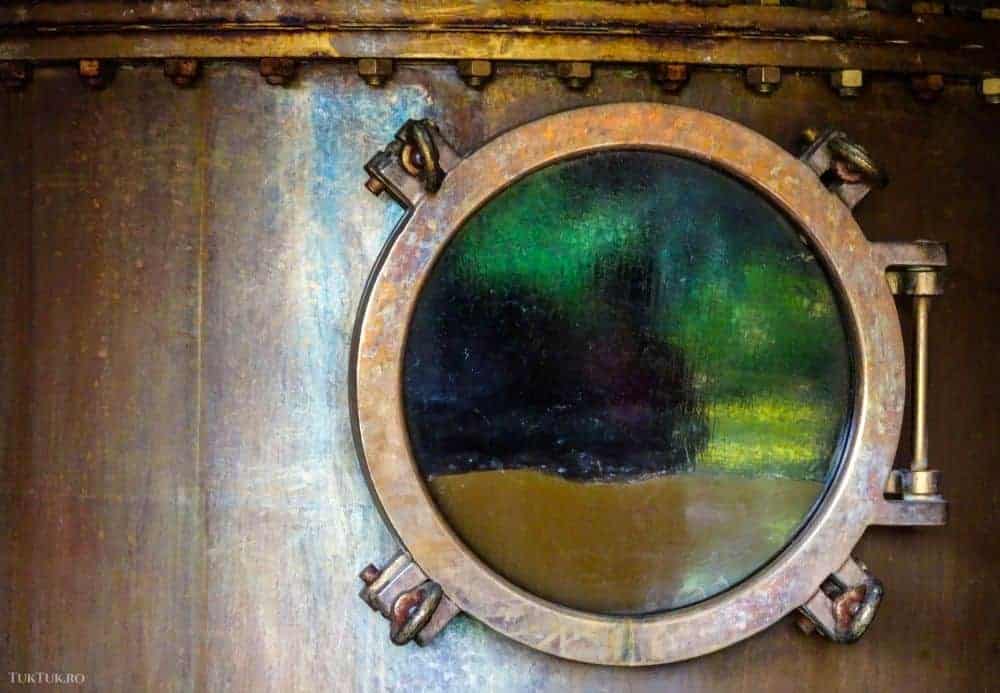
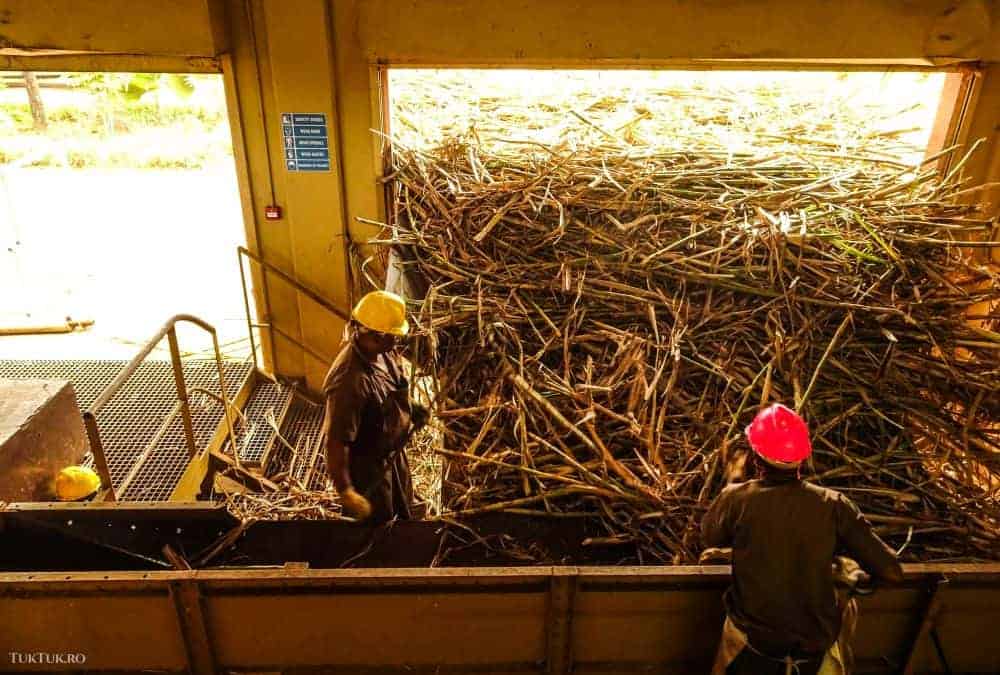
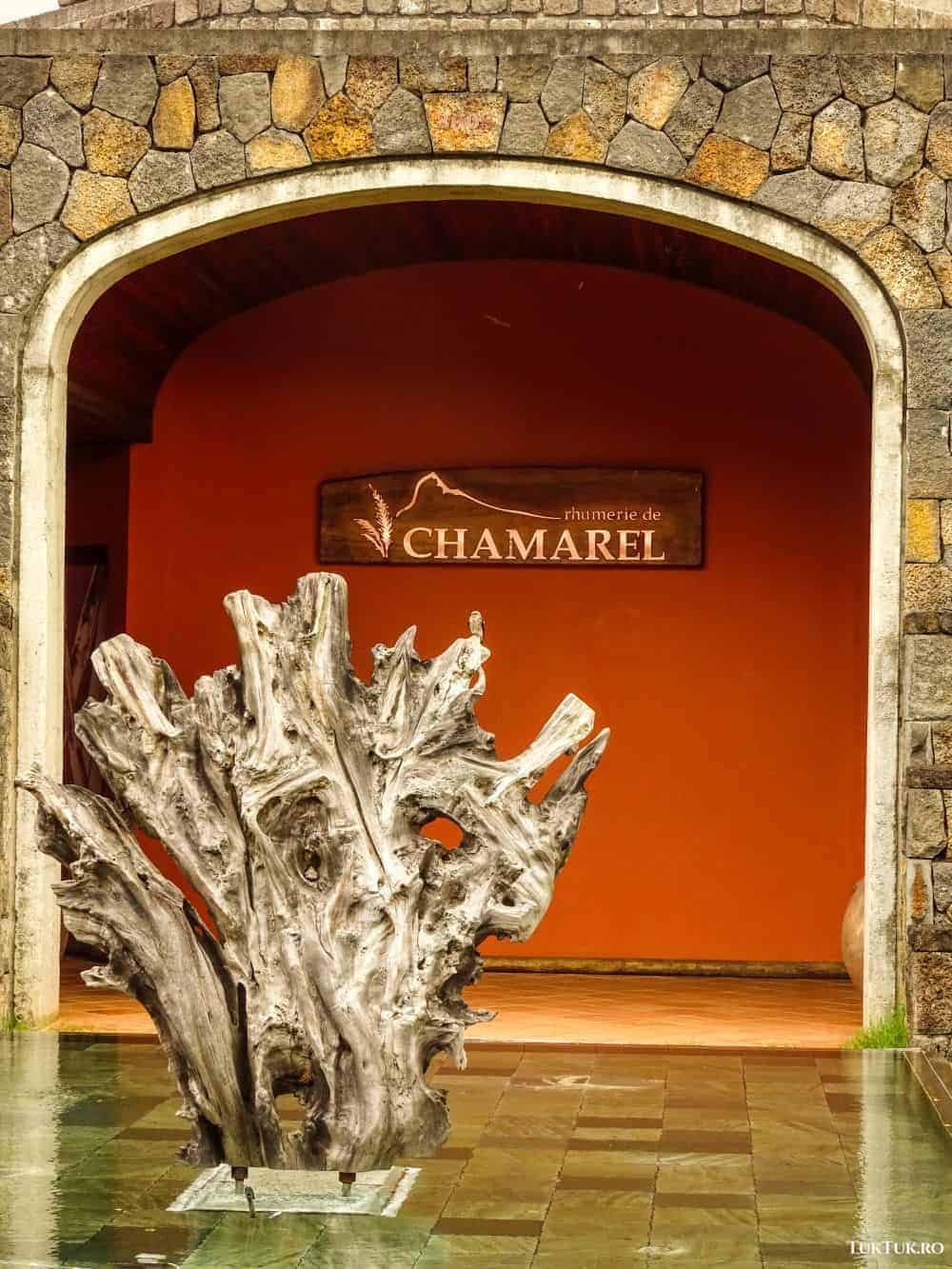
Rum is the traditional drink of Mauritius, and it couldn’t be any other in a place where sugar cane is in power. There are several rum factories here, but if you want to fall in love with a distillery (for real!), visit Rhumerie de Chamarel. I’ve never seen a prettier, fancier, more colorful, livelier, nicer factory in my life. It’s not big at all; on the contrary, it looks like a little house out of a fairytale, planted in a fairytale setting and painted in bright colors.
From the guide who accompanies you into the distillery, who will show you in a very pleasant way how rum is produced (simply and efficiently, from cutting the cane to pressing, fermenting, and distilling it), you will learn that Rhumerie de Chamarel is one of the few live factories that has its own sugar cane crops, with selected varieties, which contributes greatly to the quality of the rum produced.
The cane is harvested by hand without burning the crop. The cane is transported to the factory in no more than 4 hours, and several varieties of rum are produced, from white to mature. Of course, in the end, you have the opportunity to do a rum tasting, and the glasses emptied one after the other will put you in a slightly more euphoric mood.
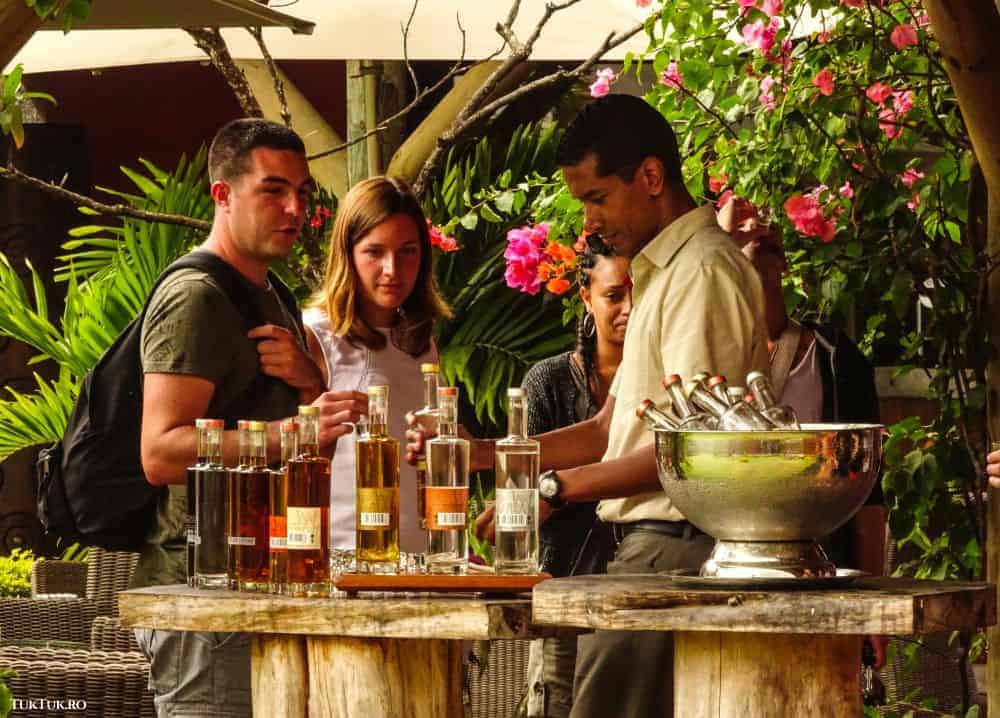
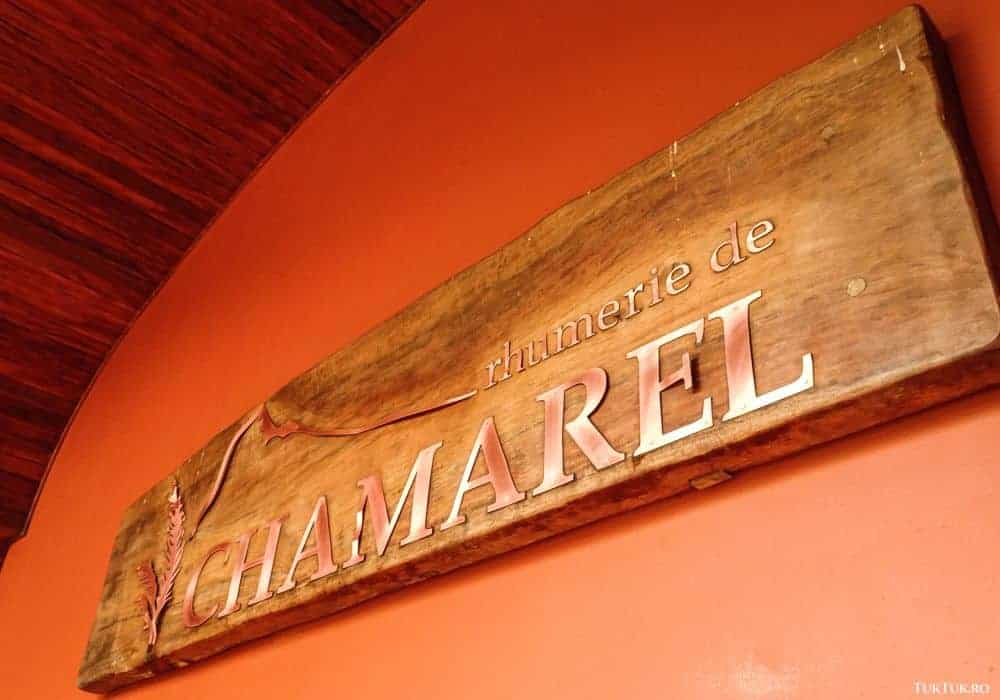
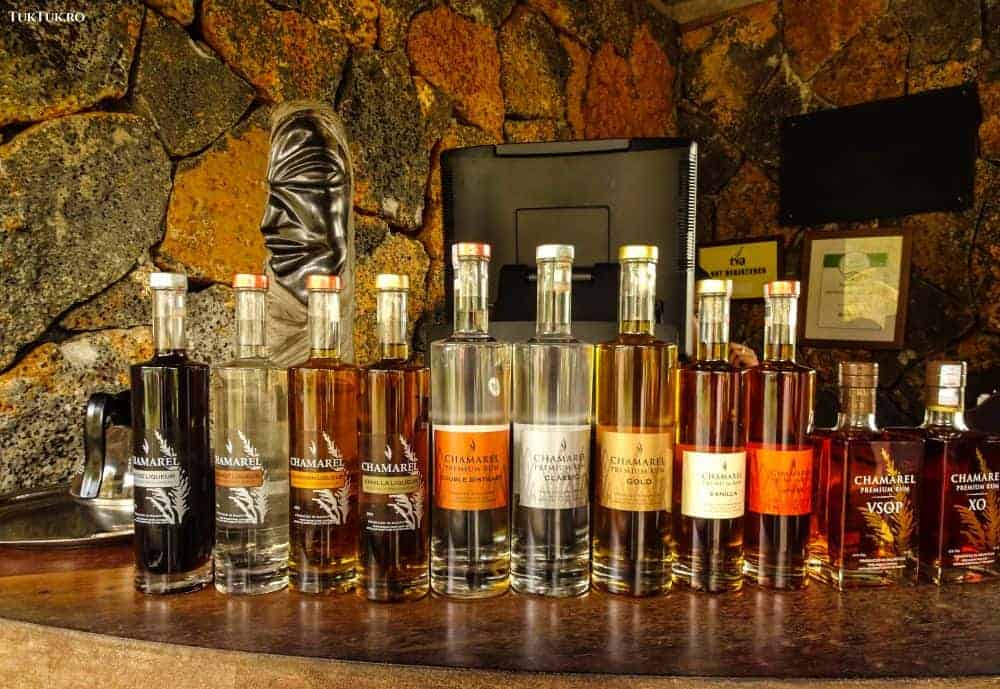
You have aged rums (4 and 6 years old, plus single barrel – more expensive and refined), you have premium rums (plain or with various flavors – vanilla, spices), and you have rum liqueurs (coffee, coconut, mandarin, and vanilla). They’re all very good, and even if you don’t like rum at first, you might get hooked after a visit to Rhumerie de Chamarel, the beautiful factory in Mauritius.
Take a bath in a sacred lake at Grand Bassin
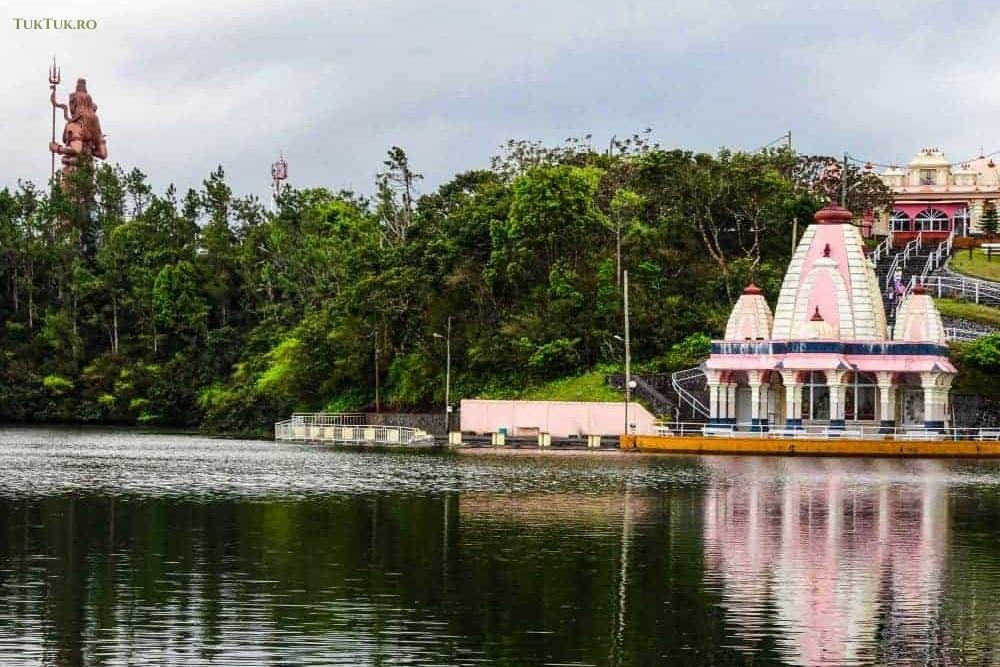
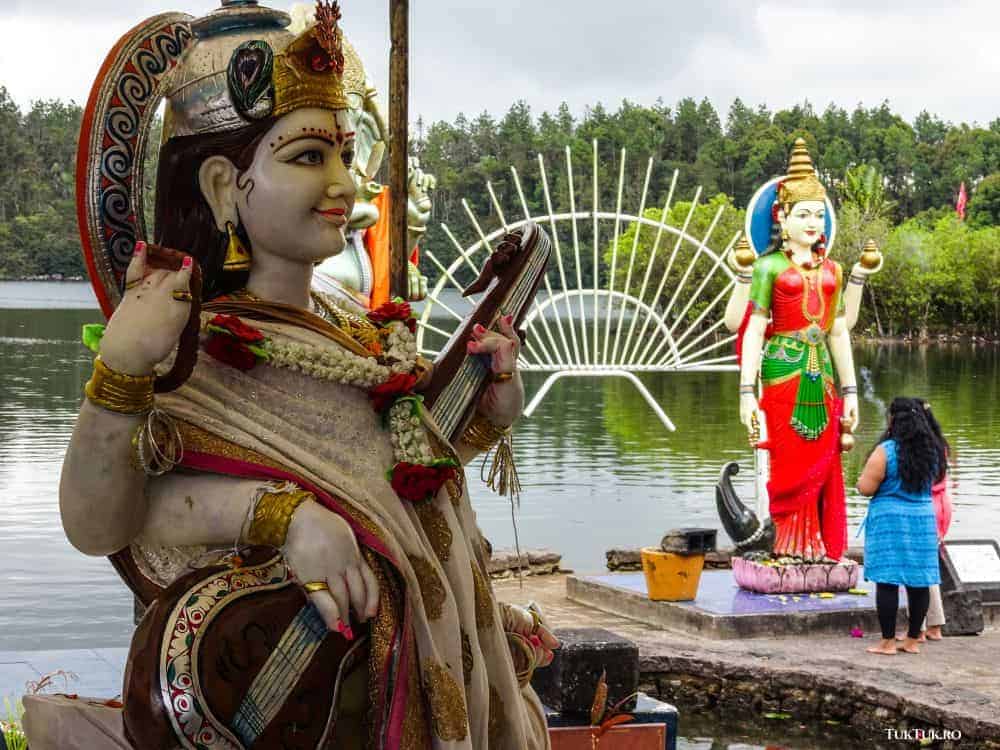
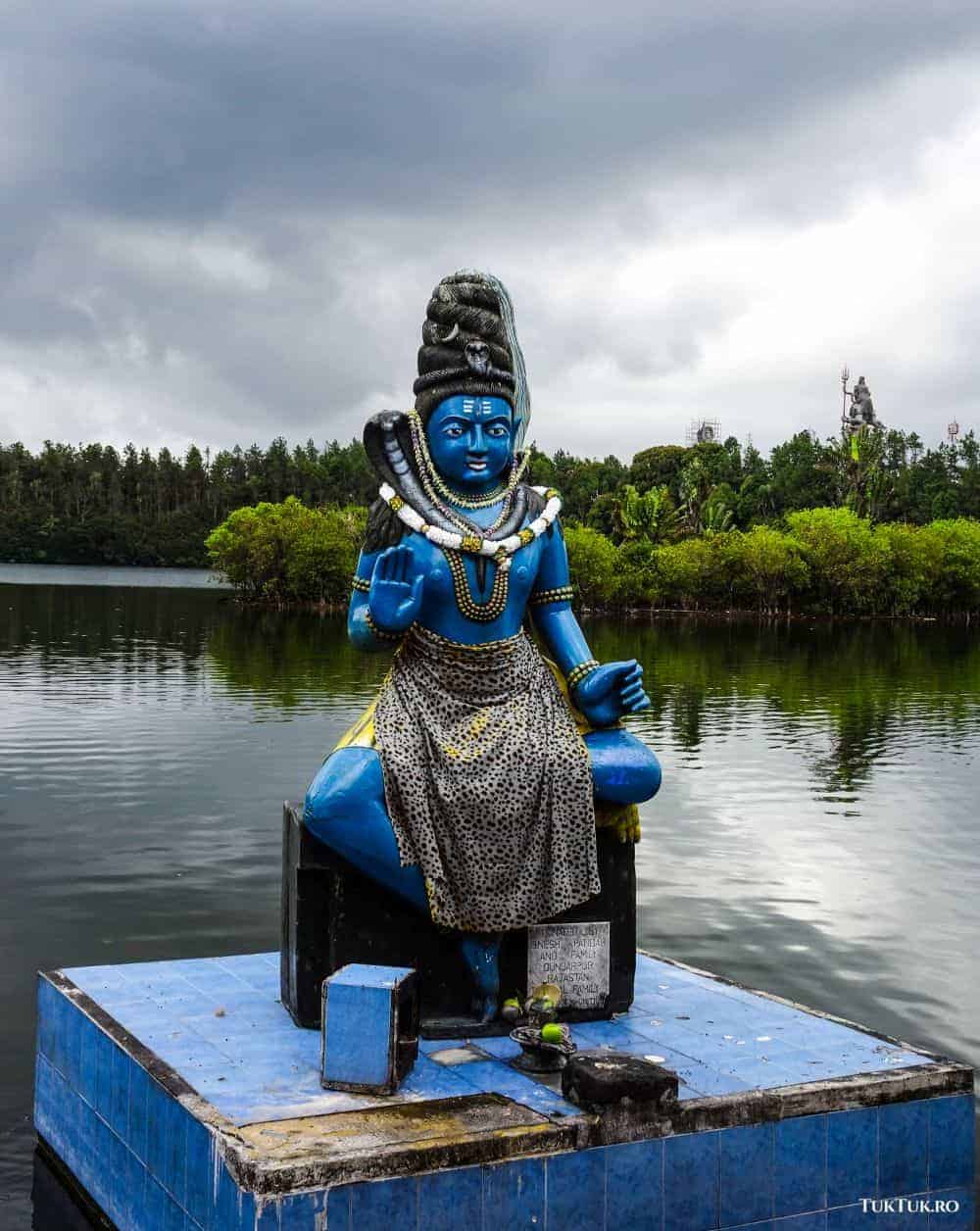
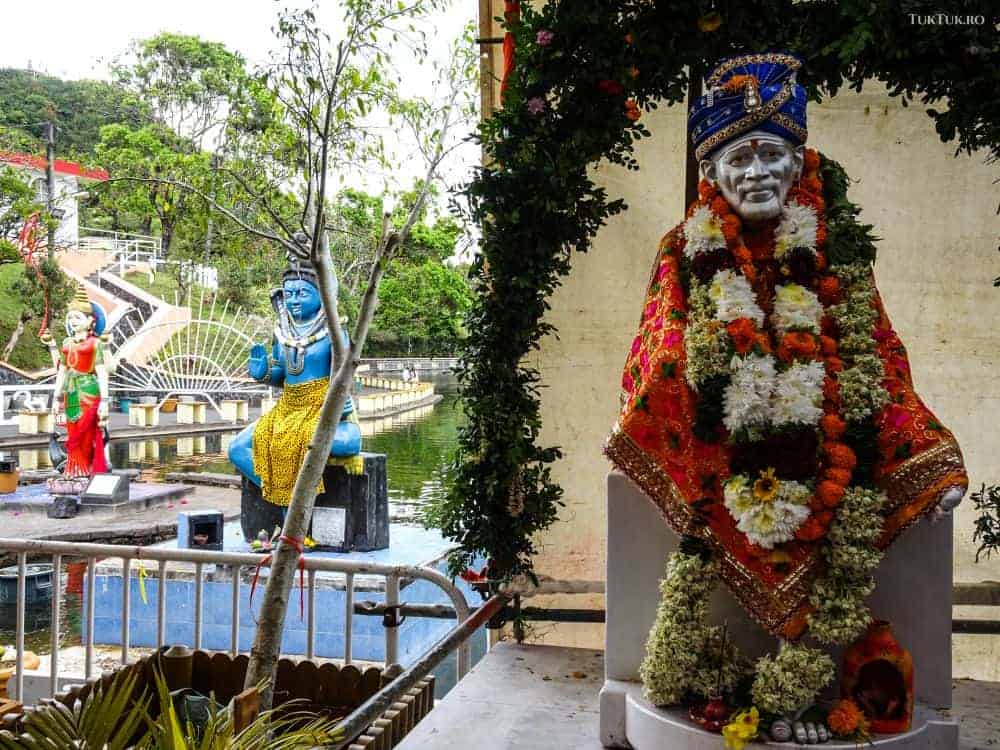
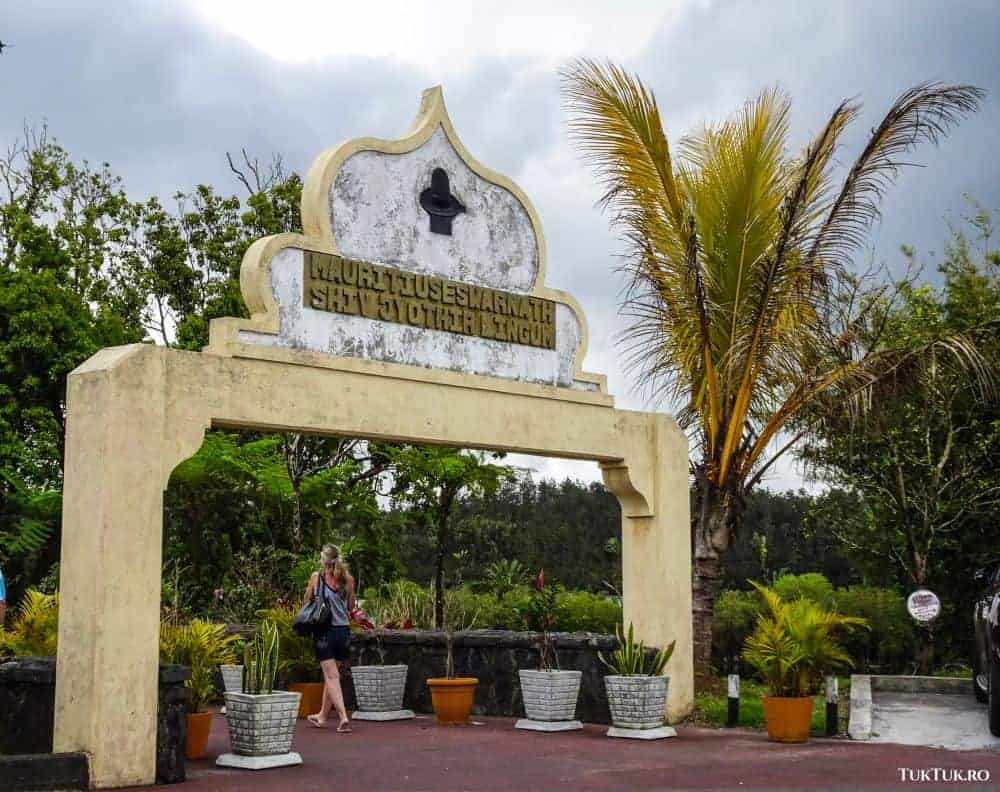
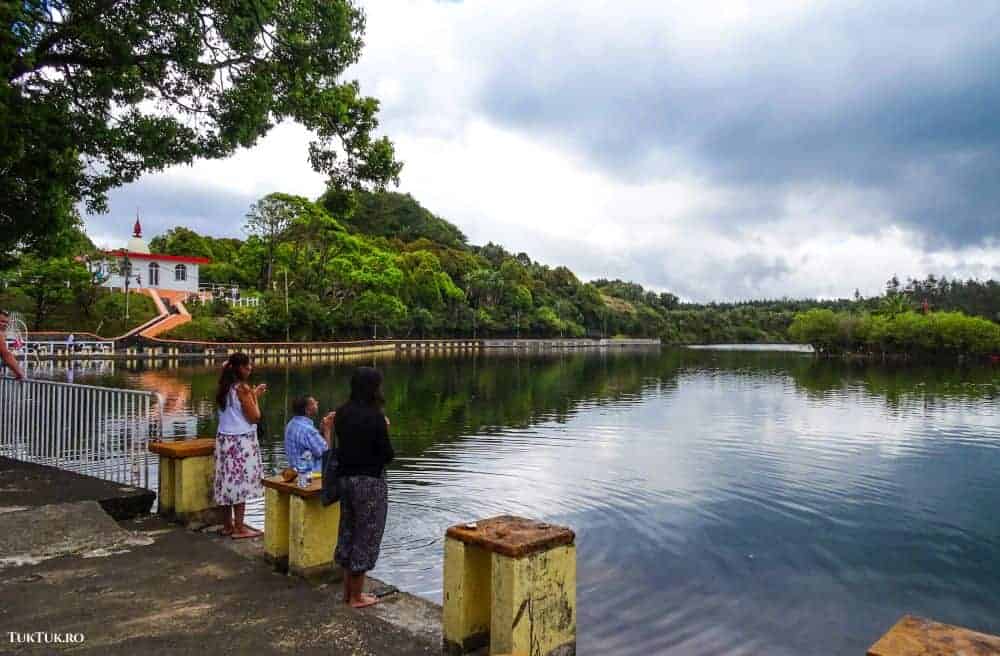
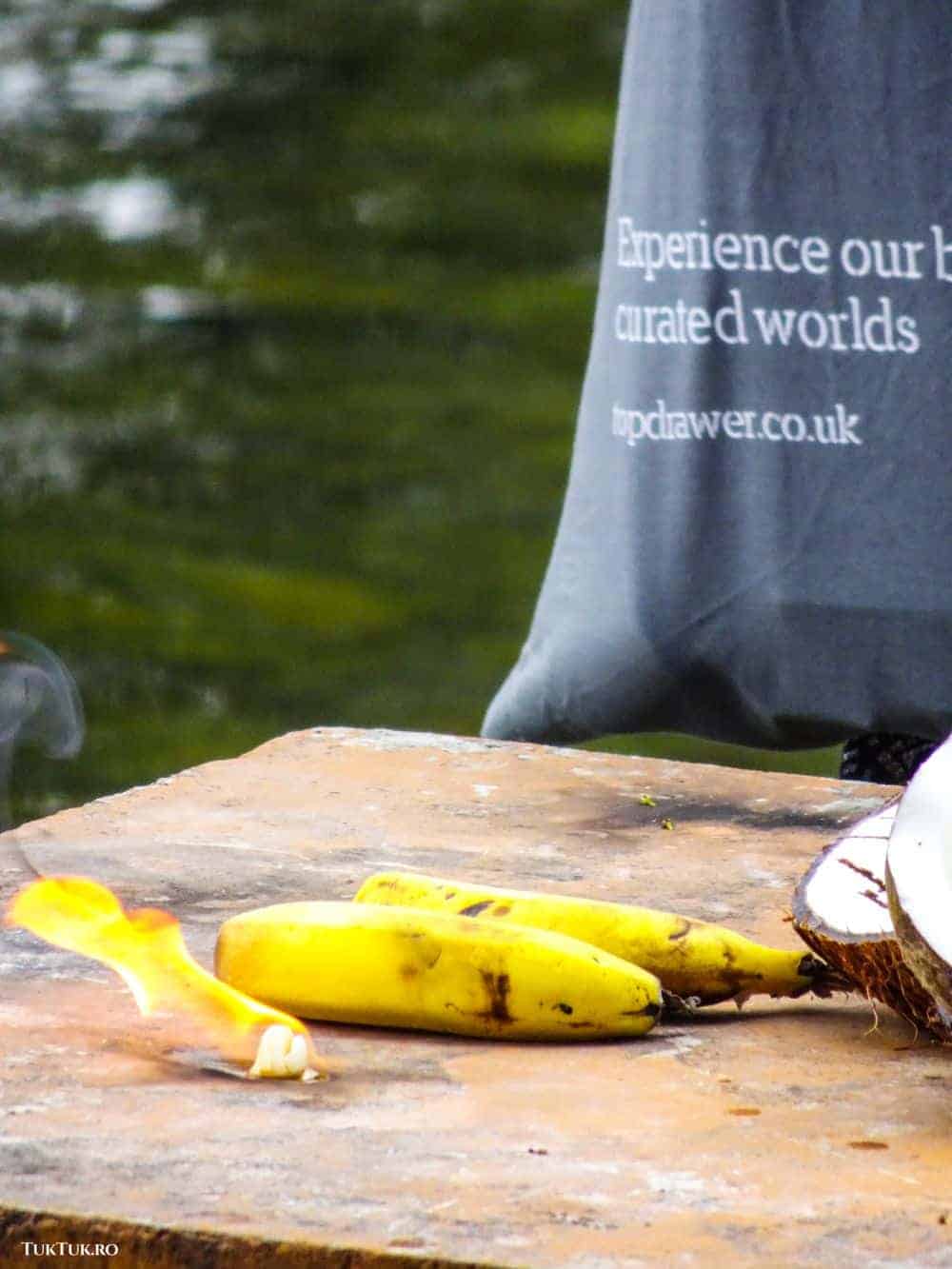
The Ganges is to India, what the Ganga Talao (Grand Bassin) is to Mauritians. Or, anyway, to Hindus. Somewhere in the mountains to the south-west of the island, surrounded by Hindu temples and statues representing the gods of the religion, this lake, which brings peace to the soul at a glance, was discovered in the 19th century by the pandit Jhummon Giri Gossagne, a Hindu priest living in a village in the north. He once dreamt of seeing a sacred lake connected by secret underground passages to the Ganges river. The priest set out to explore the island and came across this lake, which he thought looked like the one in his dream. Word spread quickly (as did the legend), and pilgrims began arriving at the Grand Bassin, which became the most important Hindu pilgrimage place outside India.
And they still come today, entering the clear water and performing the Hindu purification ritual, lighting scented sticks, or worshipping Hindu deities by offering them fruit and vegetables. It is known that in 1972 an Indian priest brought holy water from the Ganges and, during a ceremony, poured it into the lake. It was then that the lake was named Ganga Talao, the ‘ganga‘ obviously coming from the Ganges (‘talao‘ meaning pool).
Otherwise, Grand Bassin is a crater lake, 550 meters above sea level and about 16 meters deep. On its shores is this Hindu temple that you have to take your shoes off to enter.
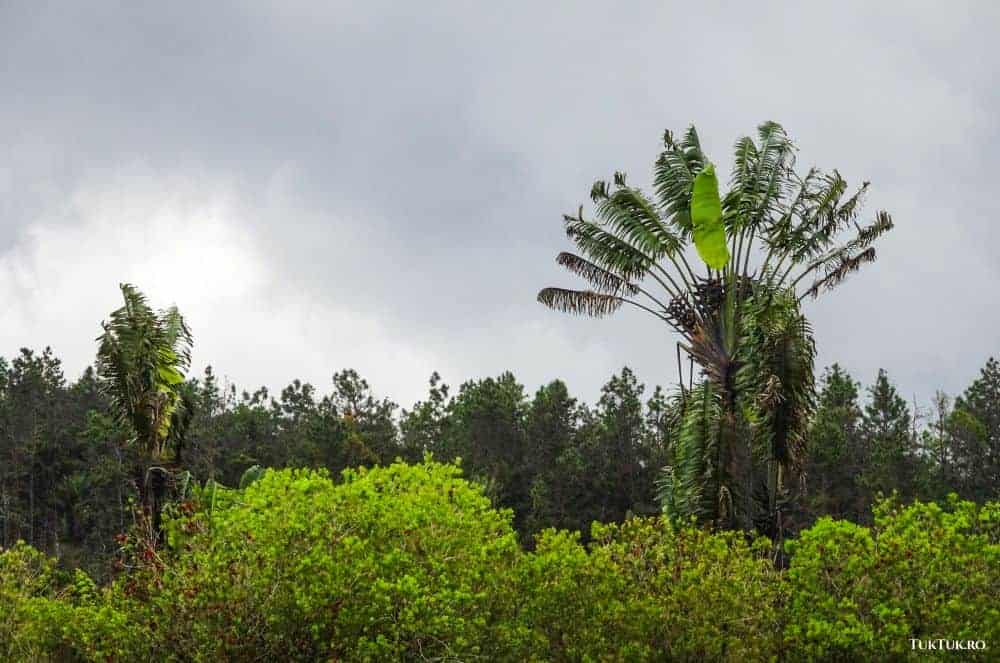
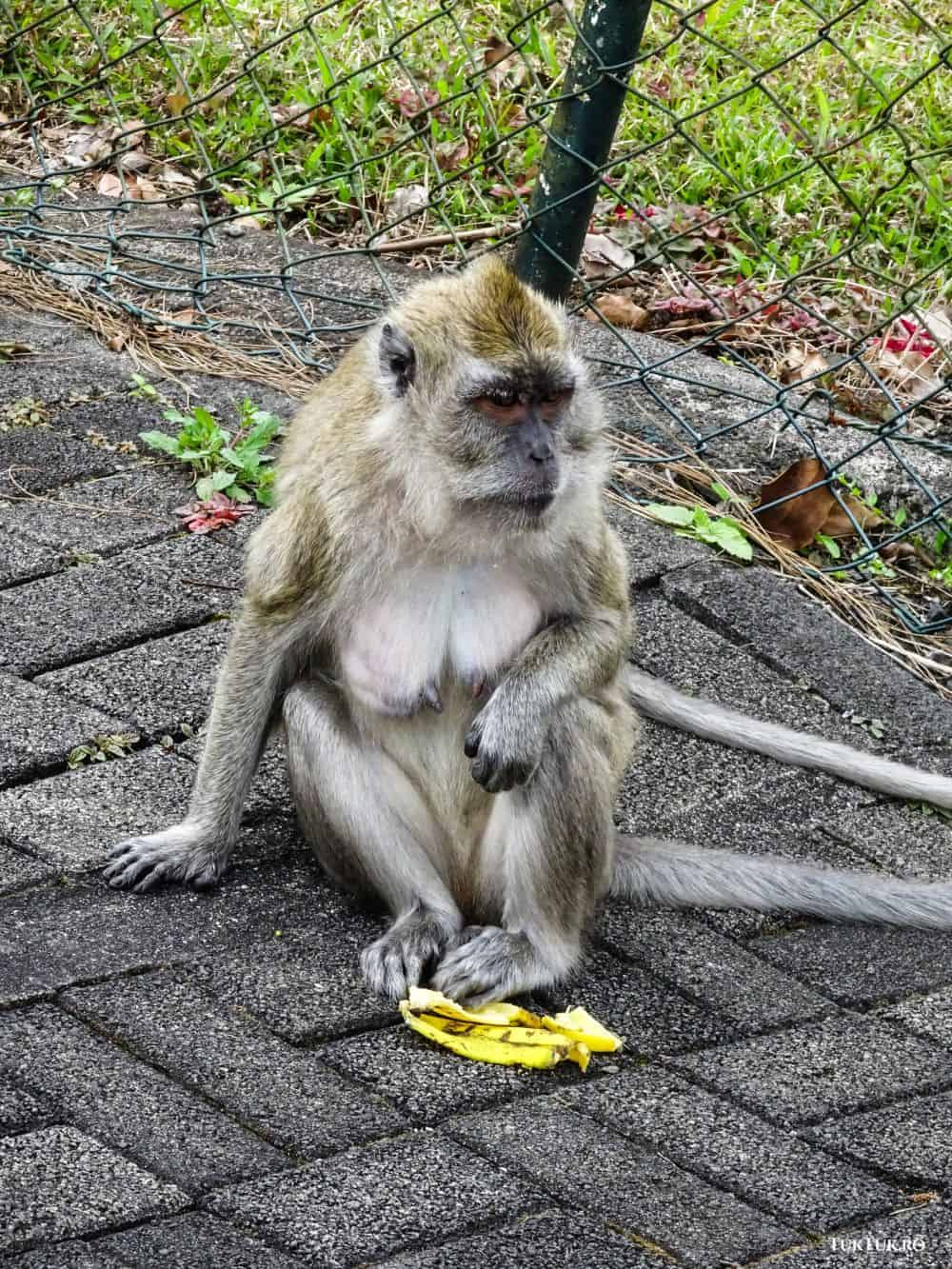
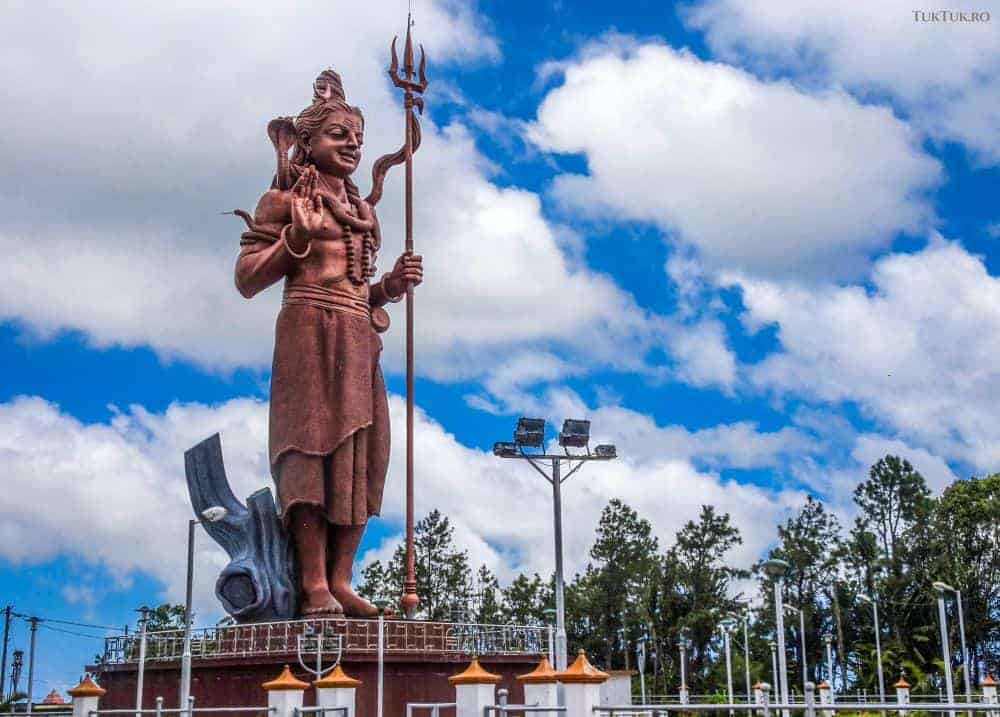
Before you reach the lake, you’ll pass two huge statues of Lord Shiva and Lord Durga, commissioned by Indian sculptor Shri Matu Ram Verna for Mauritius. But you’re sure to notice another statue, the 33-meter-high Shiva, which ranks third in the world’s largest Shiva statues.
If you stop briefly at the entrance, you’ll be amused by the cheeky little monkeys. They can’t wait to steal something (there’s a story that a professional photographer once had thousands of dollars worth of tools stolen and… taken to the woods) or beg for bananas and coconuts. It’s not advisable, however, to play with them too much.
Make peace with nature in Black River Gorges National Park
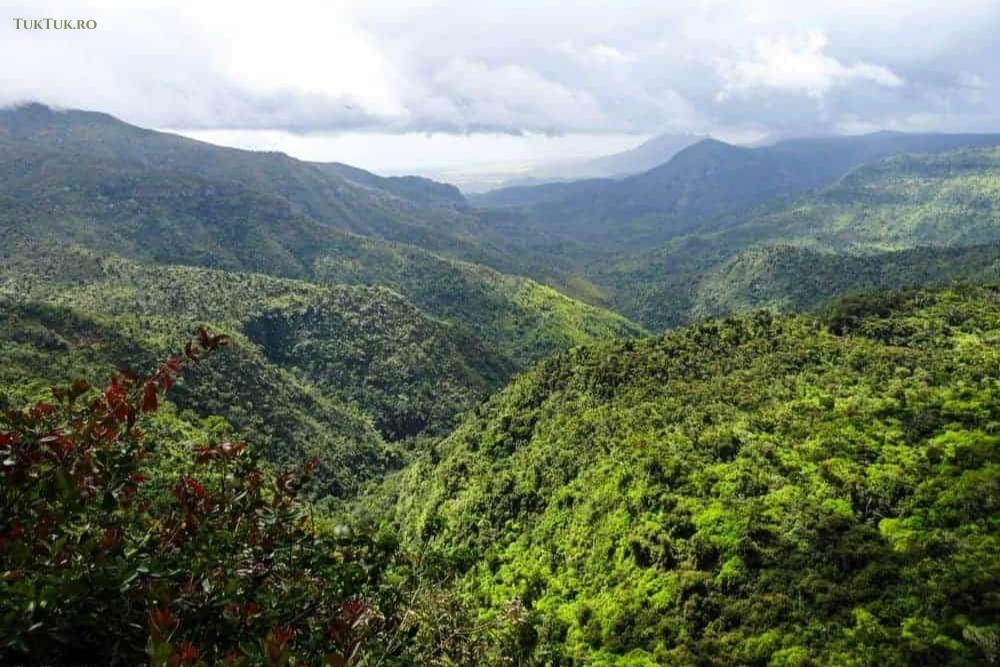
Wherever there’s a ‘national park’, that place is worth visiting. It’s no different in Mauritius, where Black River Gorges National Park is the traveler’s freestyle. Want your walks wrapped in green? This is the place. Do you like cycling? This is the place. Fancy a picnic in the great outdoors? Here’s the place.
There are 6,574 hectares, covering 3% of the island’s surface area, which have been transformed – with no particular effort – into a must for nature lovers. They opened it in 1994 and named it after the black rocks they found in the river that runs through it. A river, they say, is so crystal clear you can drink from it without a problem.
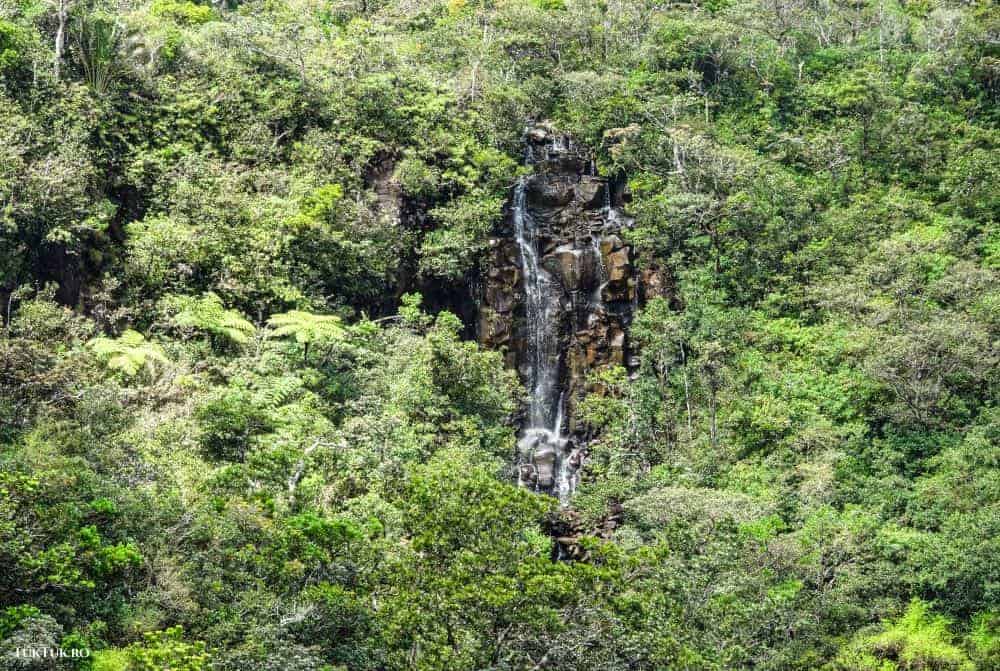
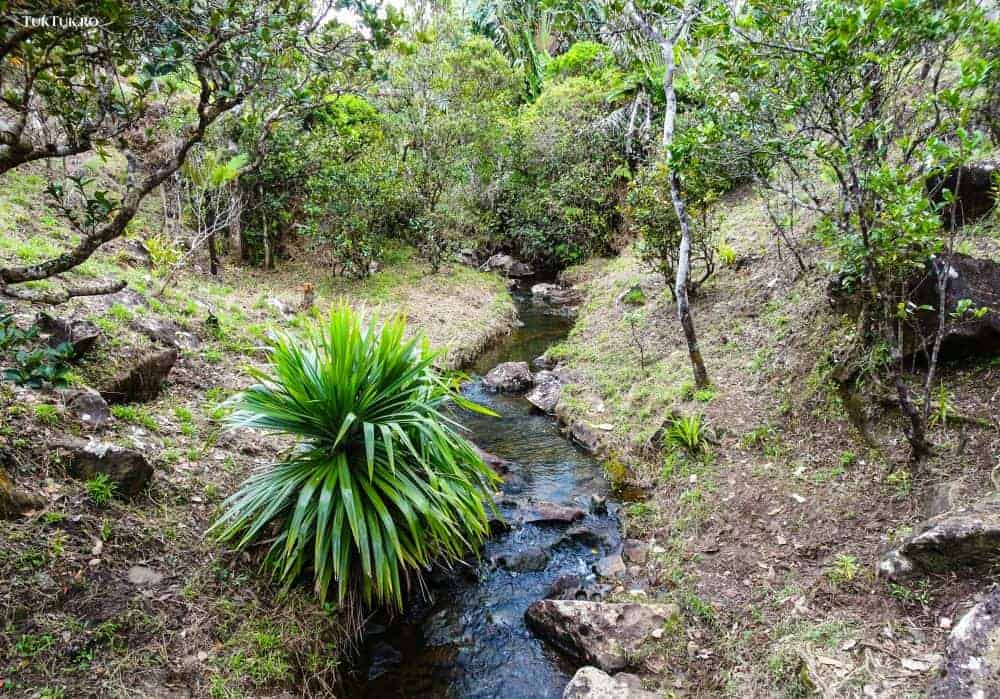
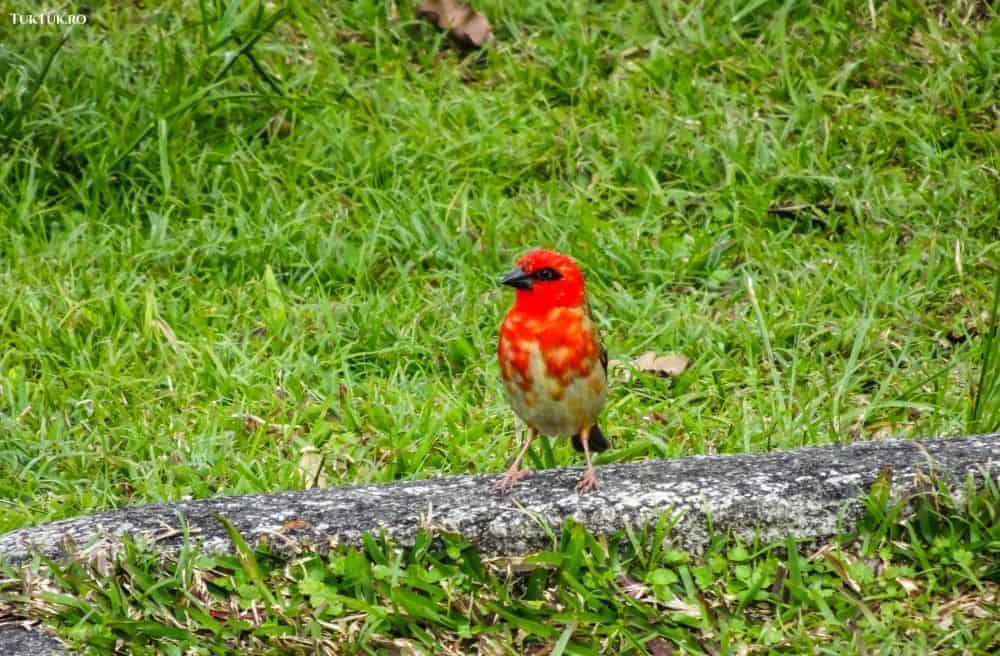
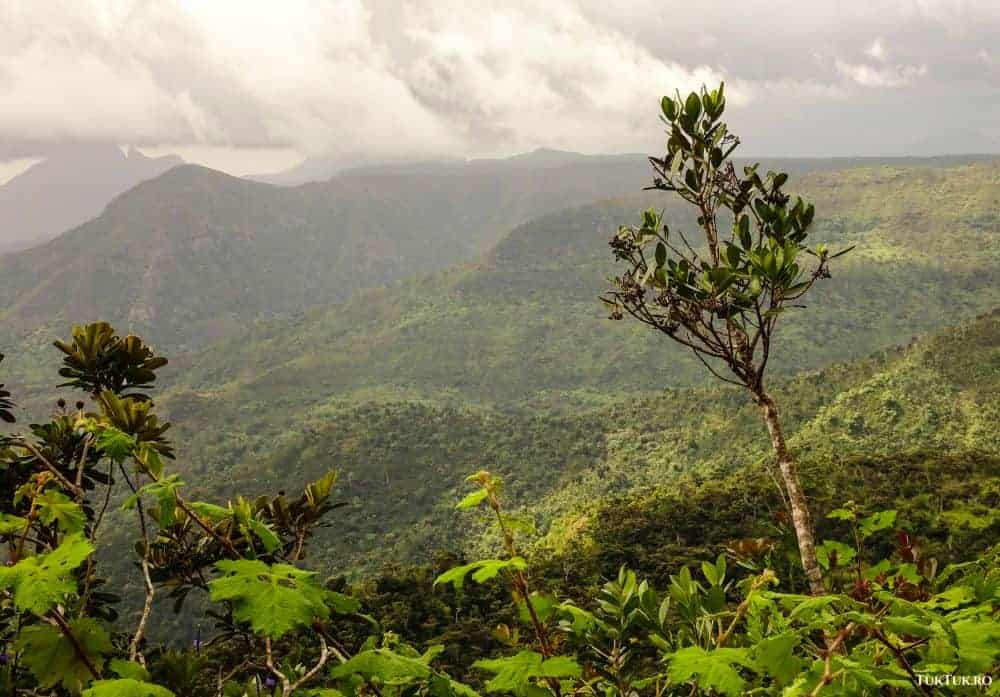
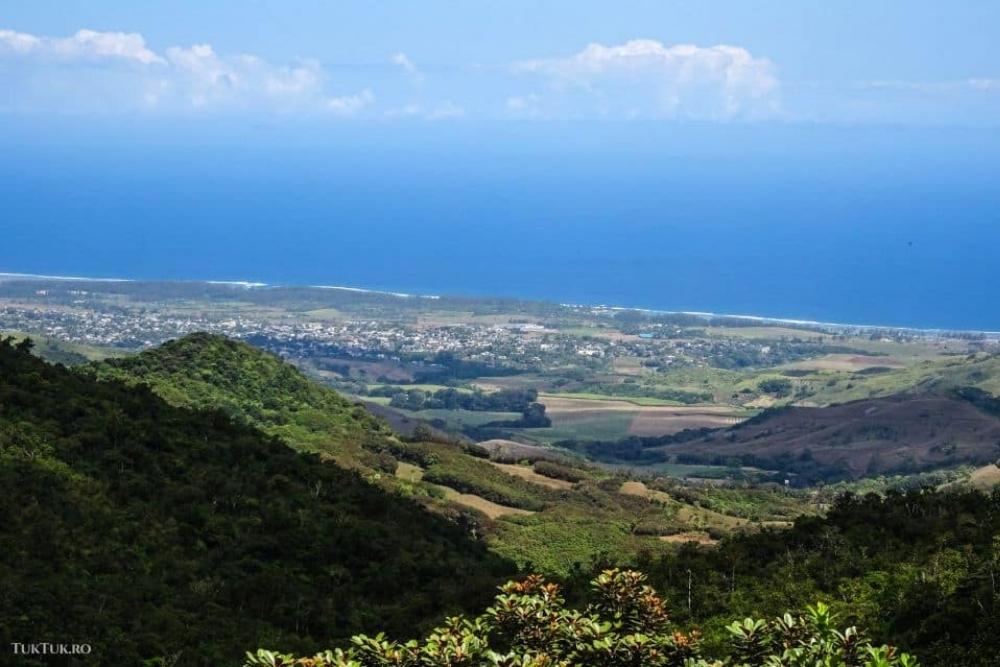
Black River Gorges is also a heaven for the island’s endangered bird species: the pink pigeon, Mauritius wren, and echoed parrot. Add to that over 300 species of native flowering plants. It’s so beautiful in this national park that you tend to think that if you poke around, you might even come across a dodo bird hopping chubby on a specially laid out hiking trail.
The park’s most popular spot is the Black River Peak viewpoint, where you get the best views of the surroundings. Indeed, the park’s major highlights are the waterfalls. I got to see Alexandra Falls (by going to the Alexandra Falls viewpoint and perching in the viewing gazebo) and one more (I didn’t get to Chamarel Falls – that’s it, next time if you get there, send me a picture). There’s a lot you can do (and see) in this park, but for that, you need time – let’s say a day would be enough, if you feel like compressing the hours.
Learn new things about sugar at the L’Aventure du Sucre museum
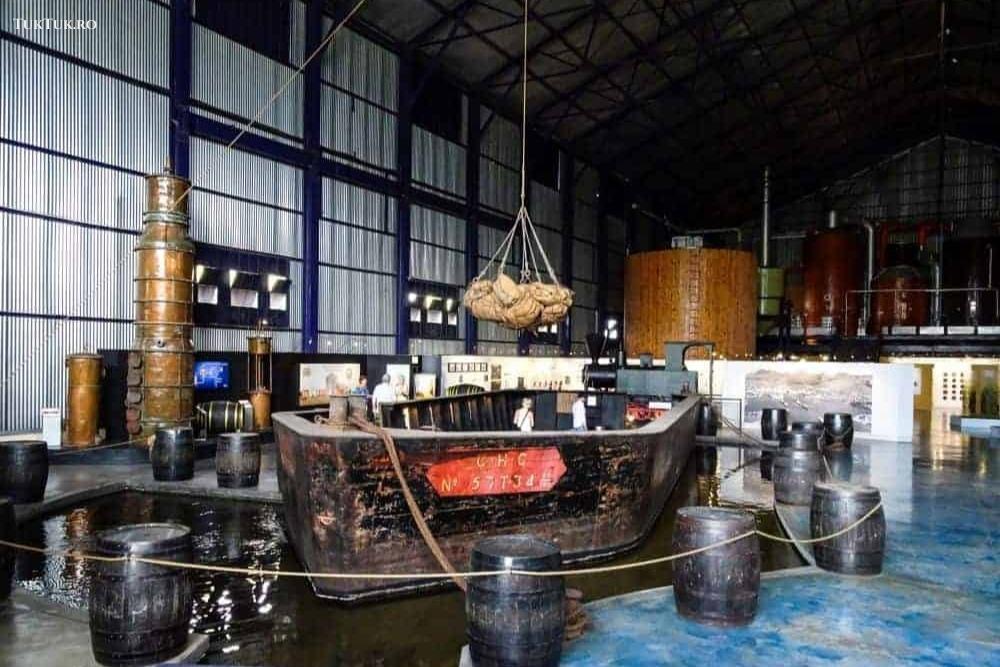
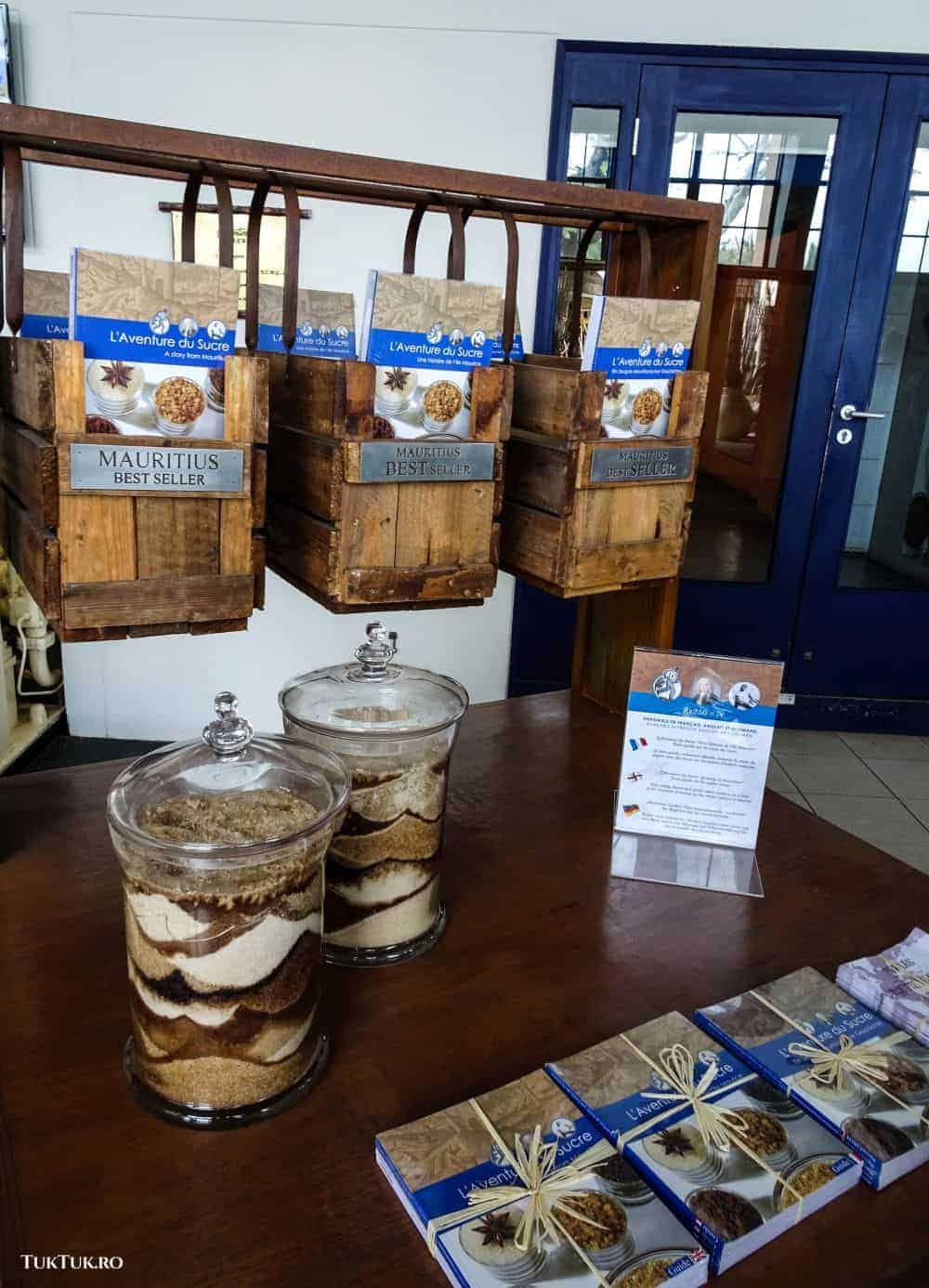
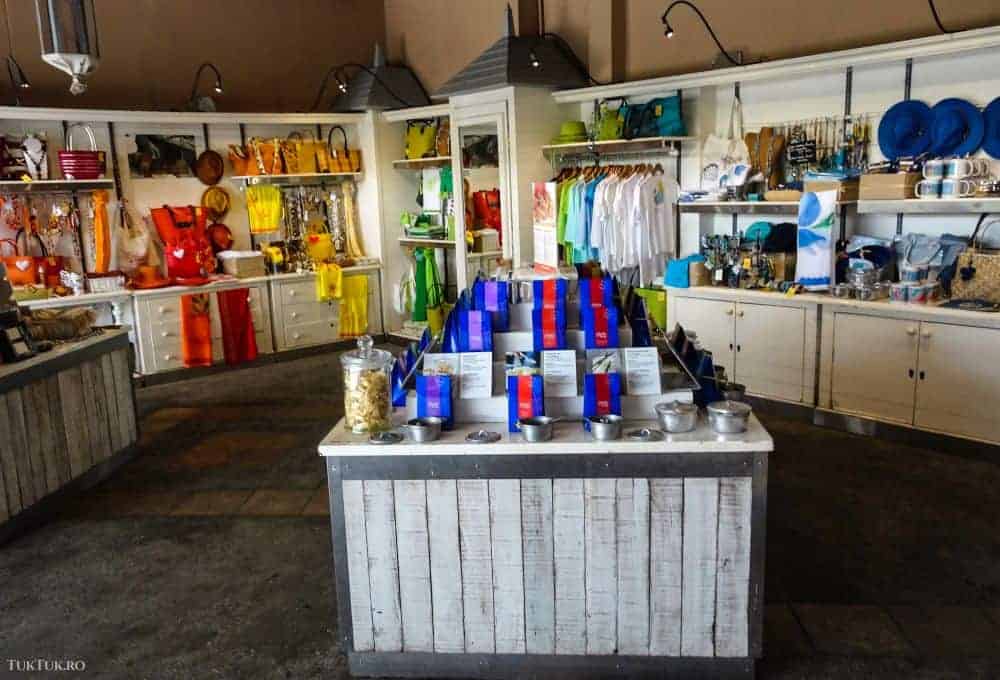
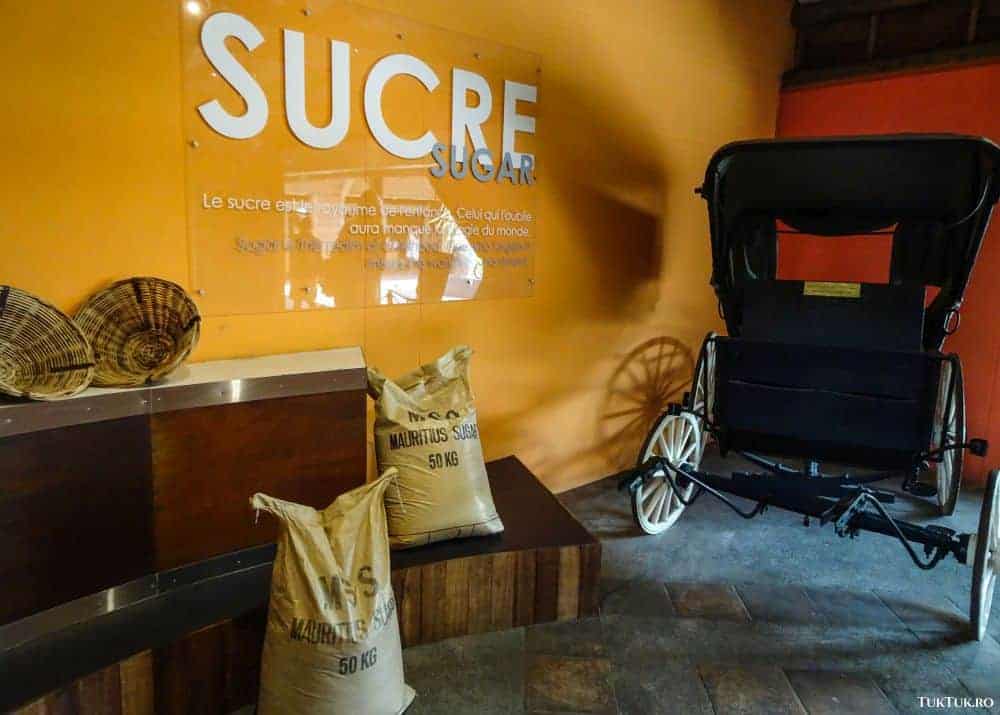
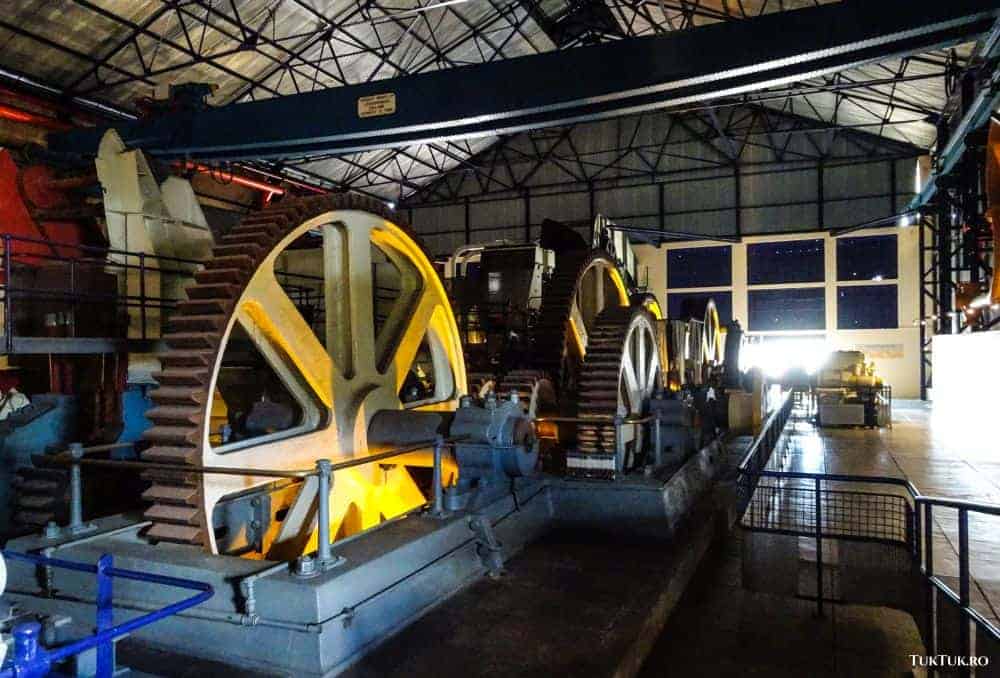
Mauritius ‘lives’ through three major industries. That of tourism, clothing (there are many factories where products of the world’s big fashion brands are made), and sugar cane. Sugar is second nature to the people of Mauritius, so it’s no wonder that this museum, L’Aventure du Sucre, has sprung up, converted from an old sugar cane processing factory, Beau Plan, by name.
The museum is cool primarily because it doesn’t just tell the history of sugar in Mauritius but really talks about the island’s history, enslaved people, rum, trade, and more. I even discovered a document with the population of Mauritius, the exact number of inhabitants killed each year by plagues. The original factory was built in 1797 and operated continuously until 1999, so most of the machinery and equipment are still in place. Some of the former workers are still there, only they’ve become guides for tourists and explain how the sugar from the cane is turned into the crystals in the boxes.
There are also explanatory videos, there’s a corner reserved for children, an exhibition, and many other very nice things that make this “technical” place at first glance a highlight on the map of those who want to visit the island.
At the end you can test the different types of sugar, browner or less brown, have a rum tasting and buy souvenirs, each more colorful and more… sugary.
You fire the cannon (figuratively) from the Citadel
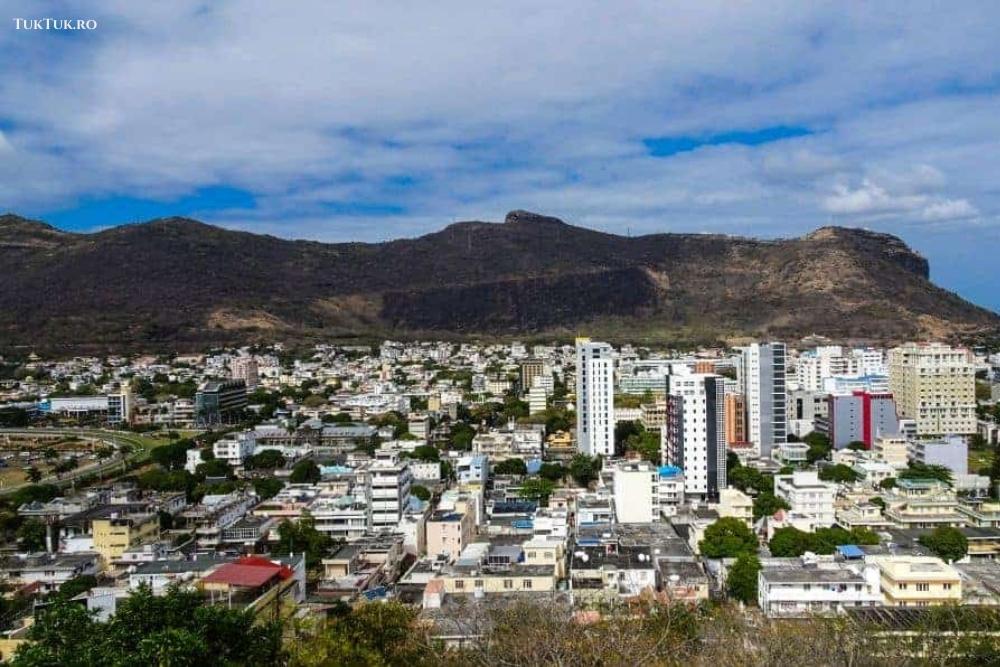
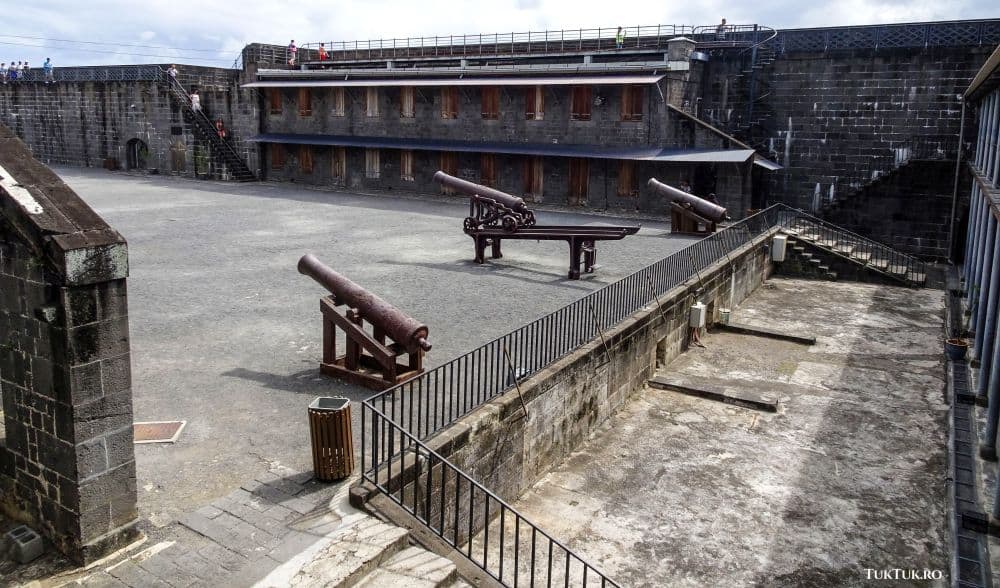
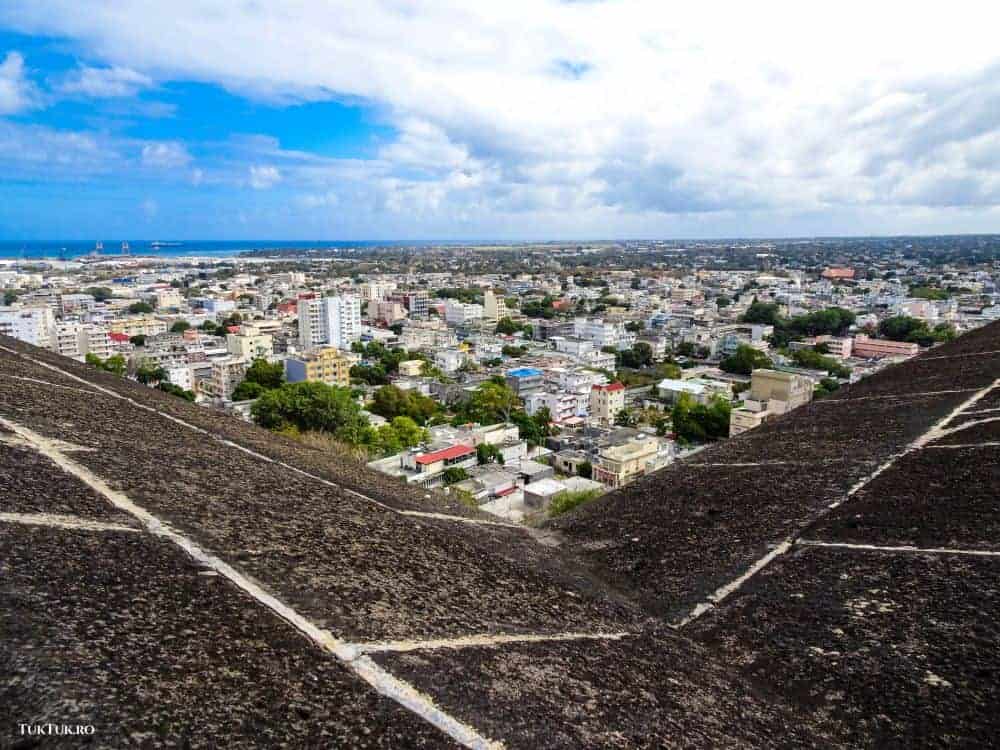
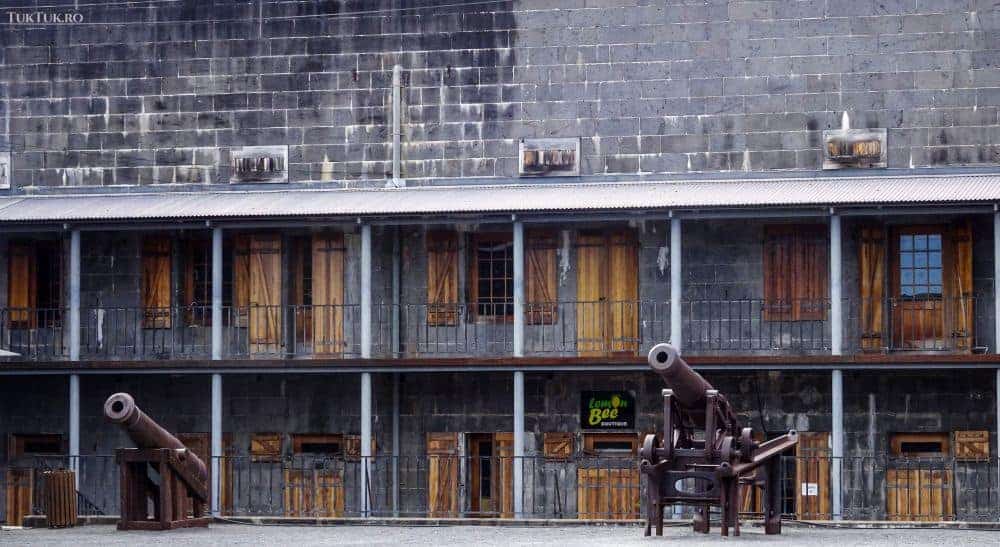
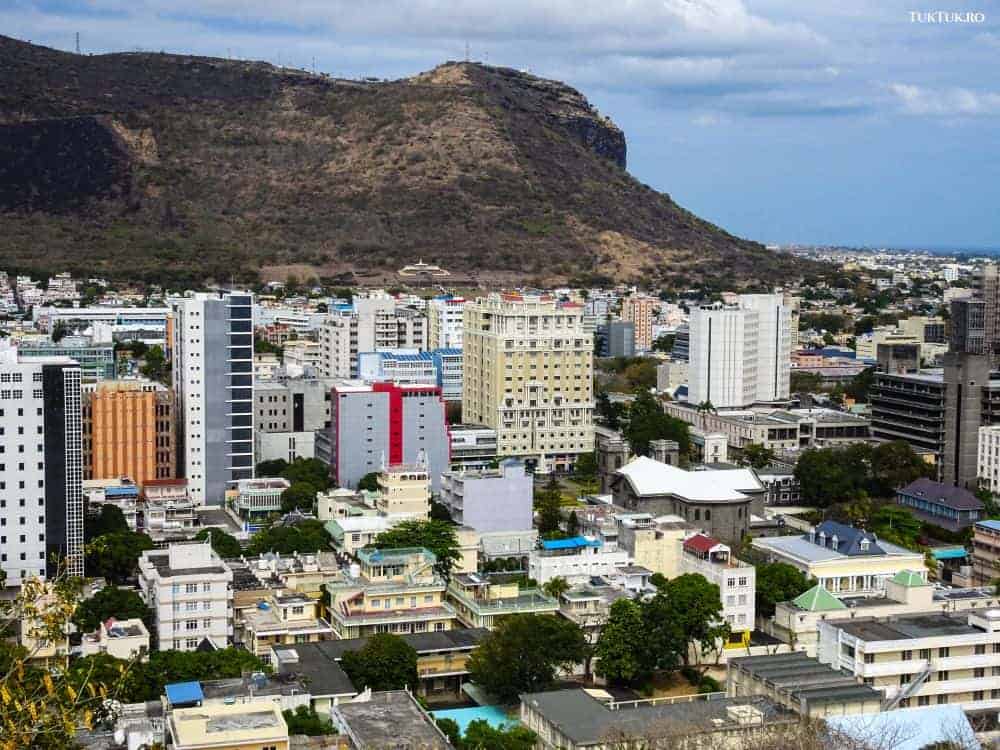
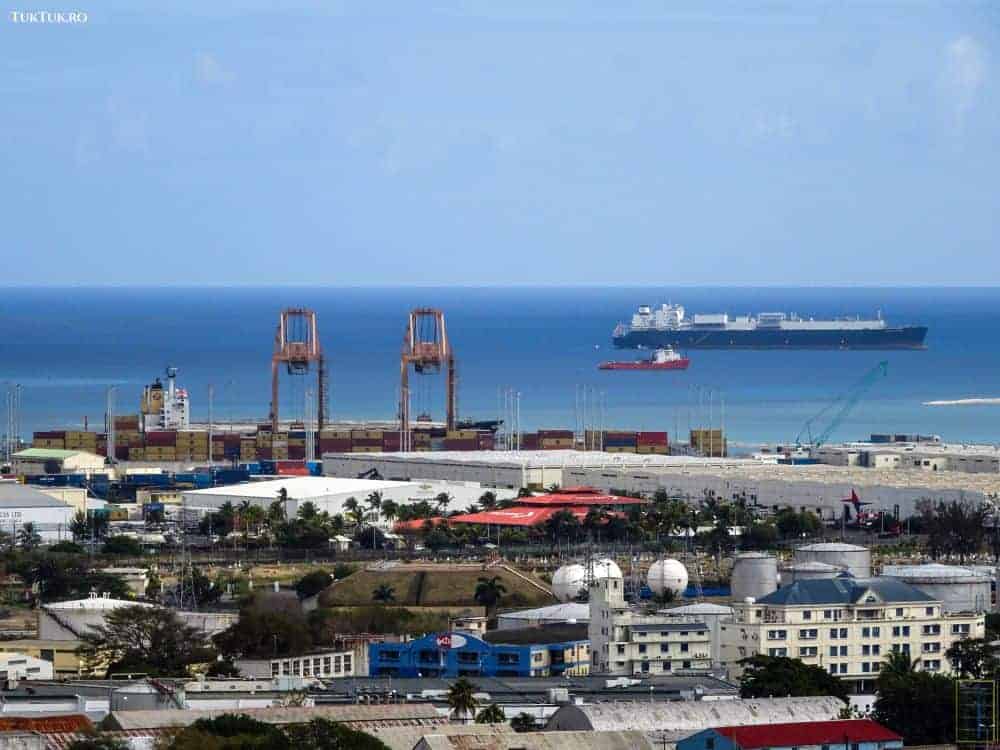
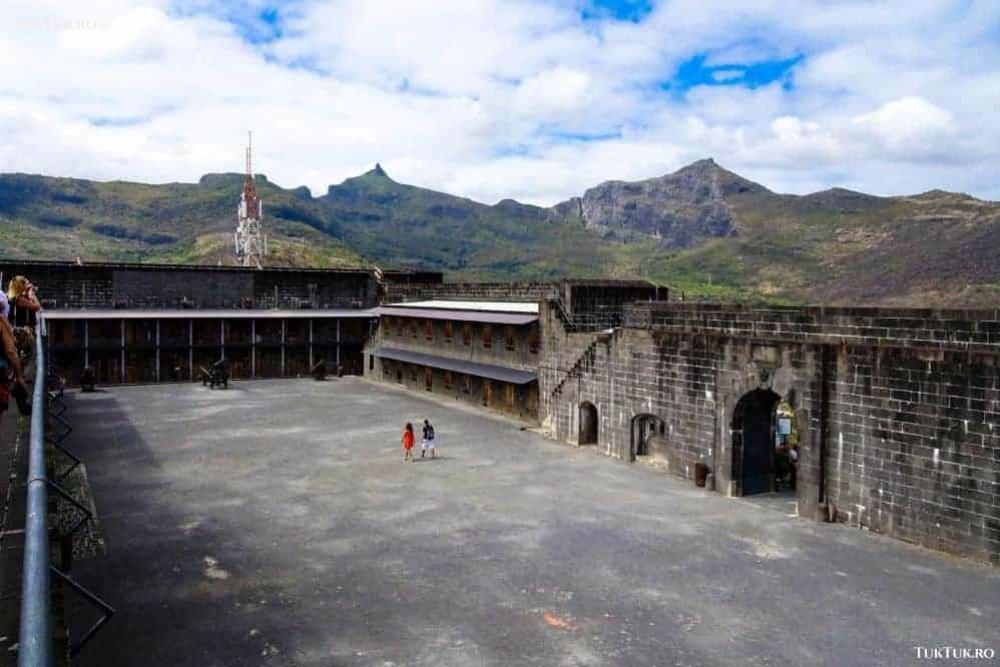
Before arriving in the capital Port Louis, I went up to the Citadel. La Citadelle is the place from where you can admire Mauritius’s proud city at the height of 500 meters. The Citadel is, in fact, an old fort. Fort Adelaide’s construction began in November 1830 and was completed 10 years later. Built by the British, who feared a civil uprising by the French who remained on the island after its conquest, the fort has had no other role in its history than to be transformed from time to time into a military garrison. But its strategic position, with visual access over the capital’s port, gave the impression of a valiant defender of the city. As a fun fact, there is even an underground tunnel connecting the Citadel to the port.
Apart from the photos you rush to take all around, in the Citadel you can also admire the “strategically” placed cannons (some of them rather meaningless) in the inner courtyard or on the ramparts, or visit the National Maritime Museum, where you’ll see a collection of ships, weapons, and other historical items.
Visit Port Louis, a busy capital with a beautiful harbor
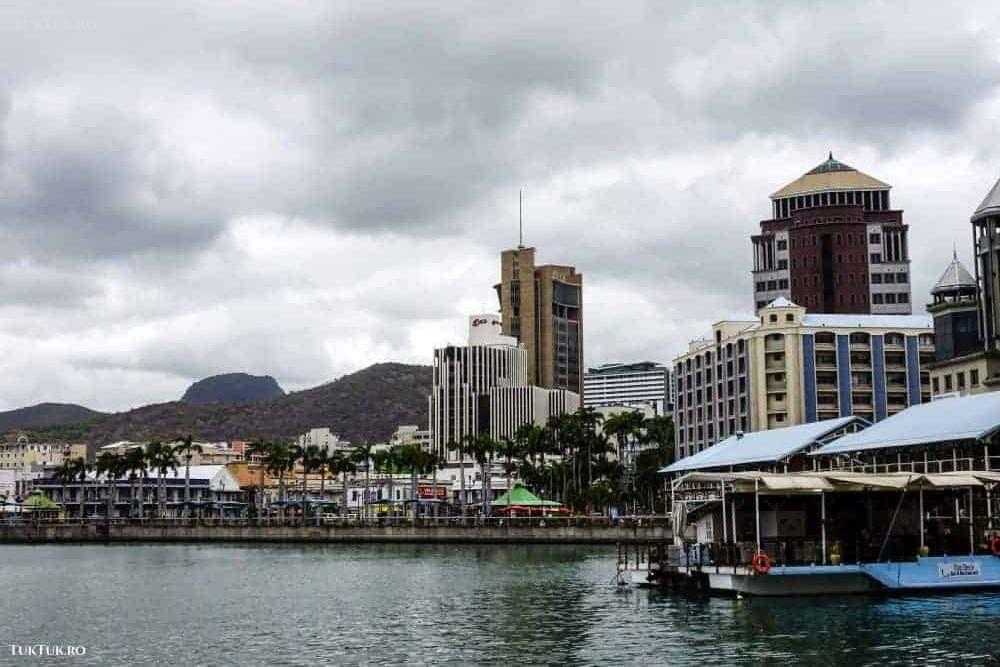

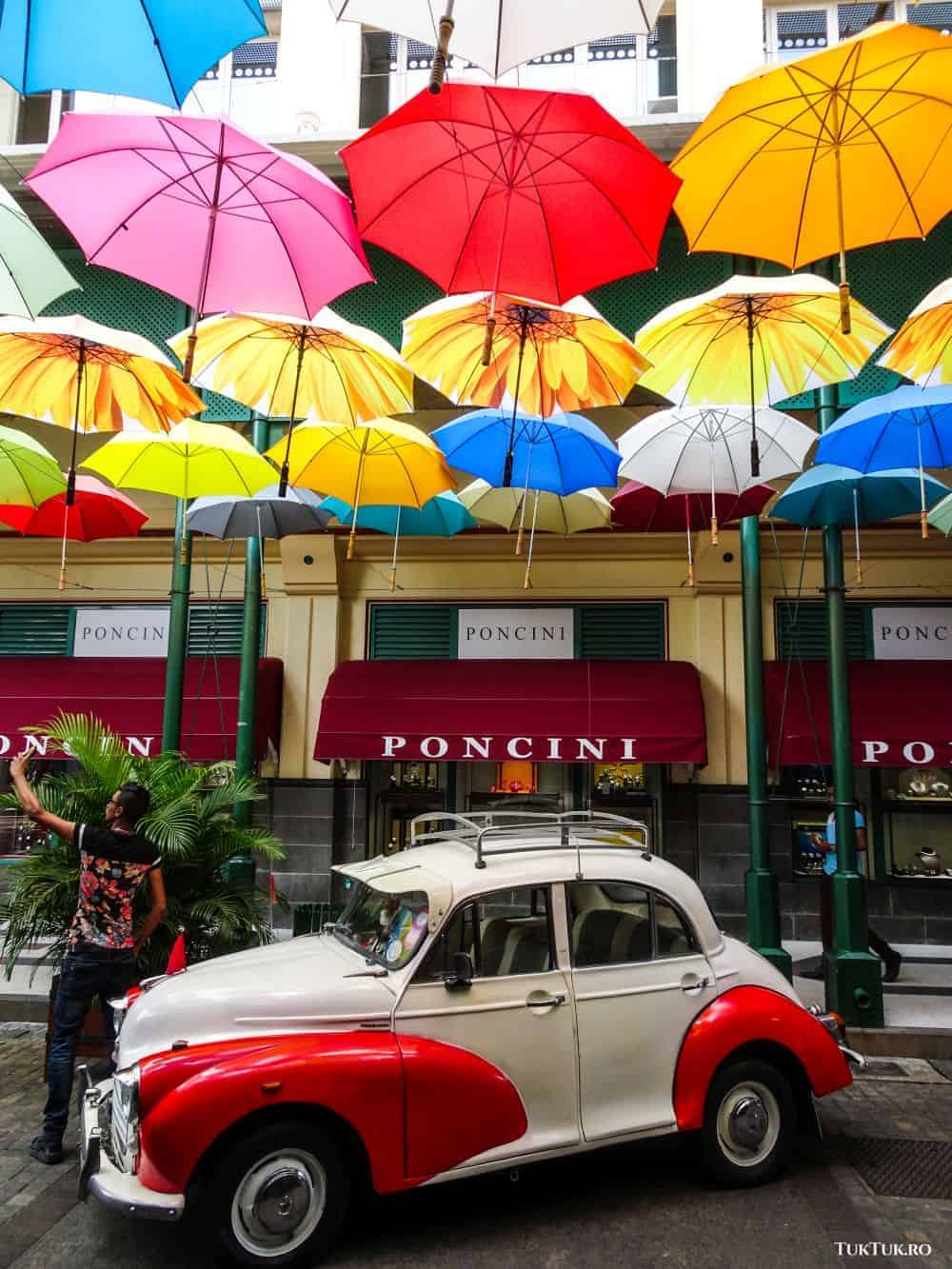
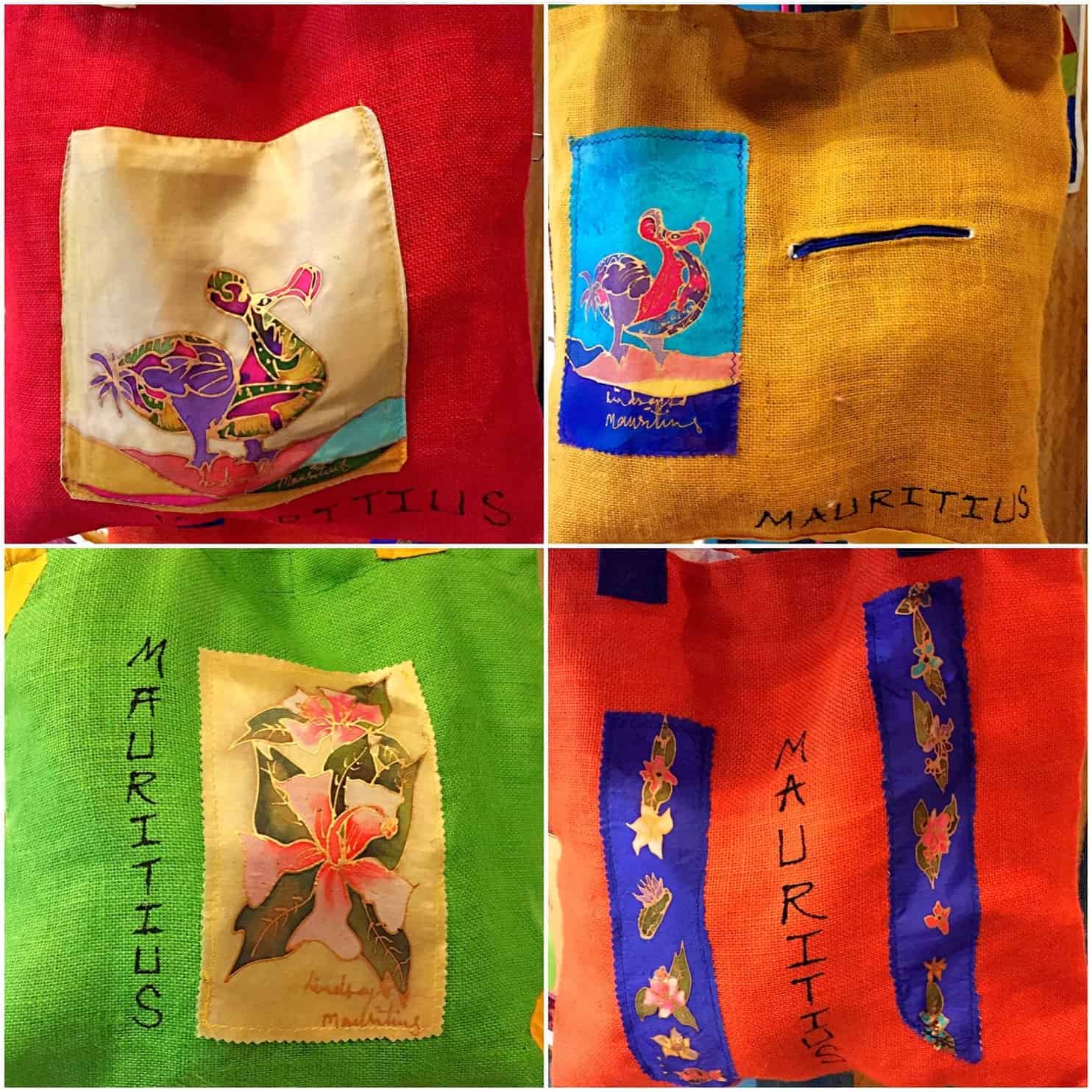
After the Citadel, your steps take you instantly to the capital city of Port Louis. I visited on a cloudy day when the rain pelted it without scaring it too much. I didn’t stay long, maybe an hour at most, but I did get to see its harbor area, called Caudan, perhaps the first place tourists arrive from the beach.
Caudan Waterfront is packed with shops, boutiques, craft markets, pubs, and even a library. It’s the area that perhaps best represents the spirit of Mauritius. A lively, colorful place where you can stroll along the harbor, have a coffee or a beer on a terrace, dine at a restaurant to your taste, or shop in stylish boutiques. A social dimension to the island offers colonial entertainment that’s not overly elaborate but is essentially extremely pleasant.
Otherwise, it’s good to know that Port Louis was founded in 1735 by the French governor Bertrand- François Mahé de La Bourdonnais and is a very busy city during the day (I’ve noticed that the traffic is downright choking at times – surprising given the population of about 150,000 but not very surprising if you notice the narrow streets).
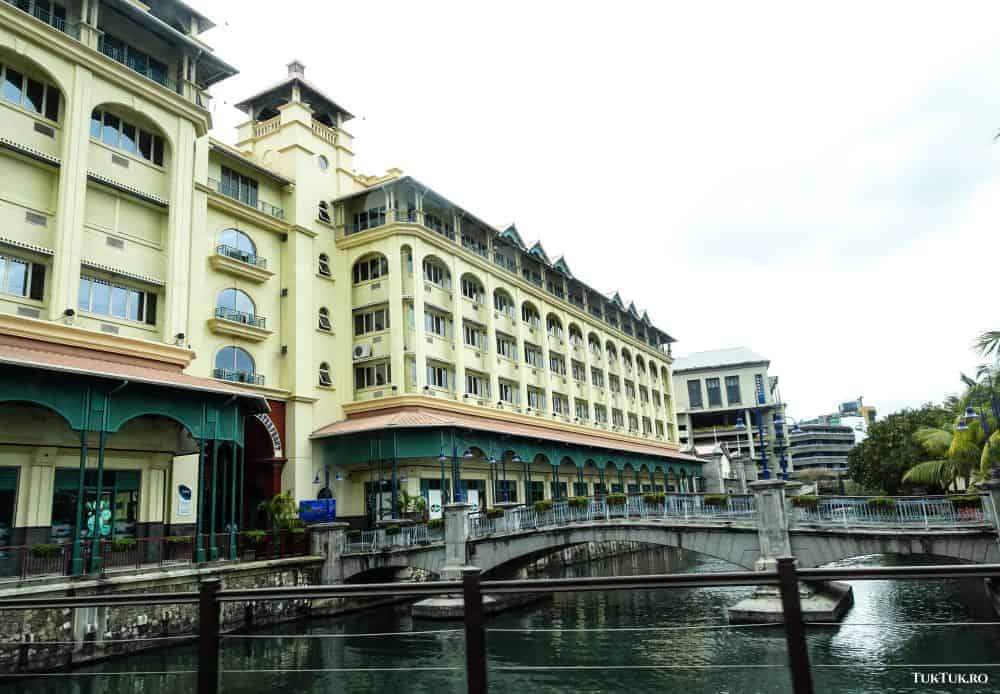
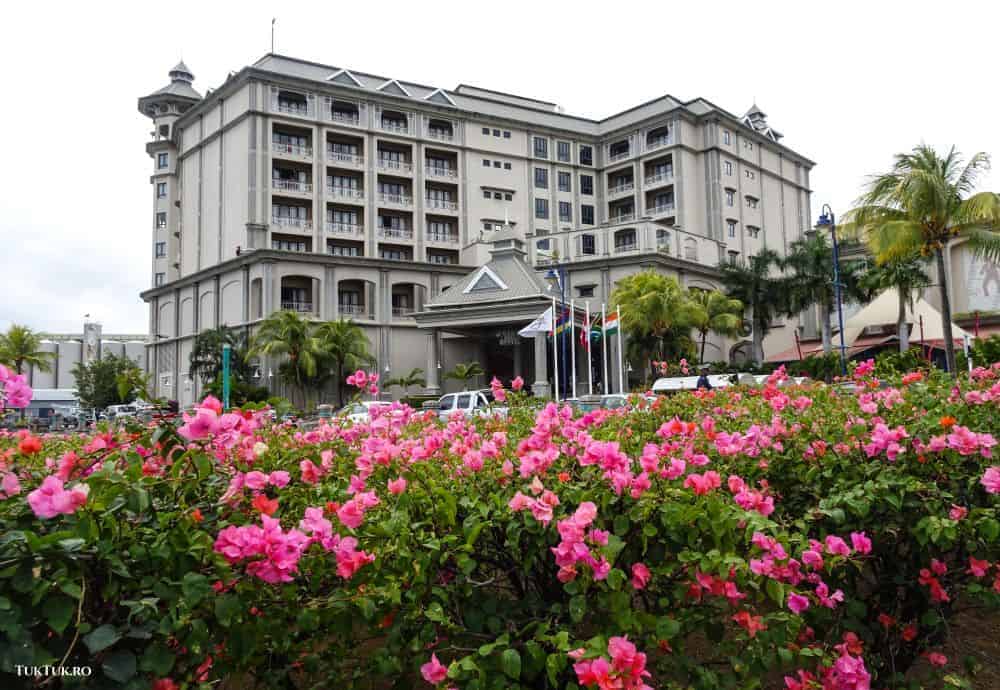
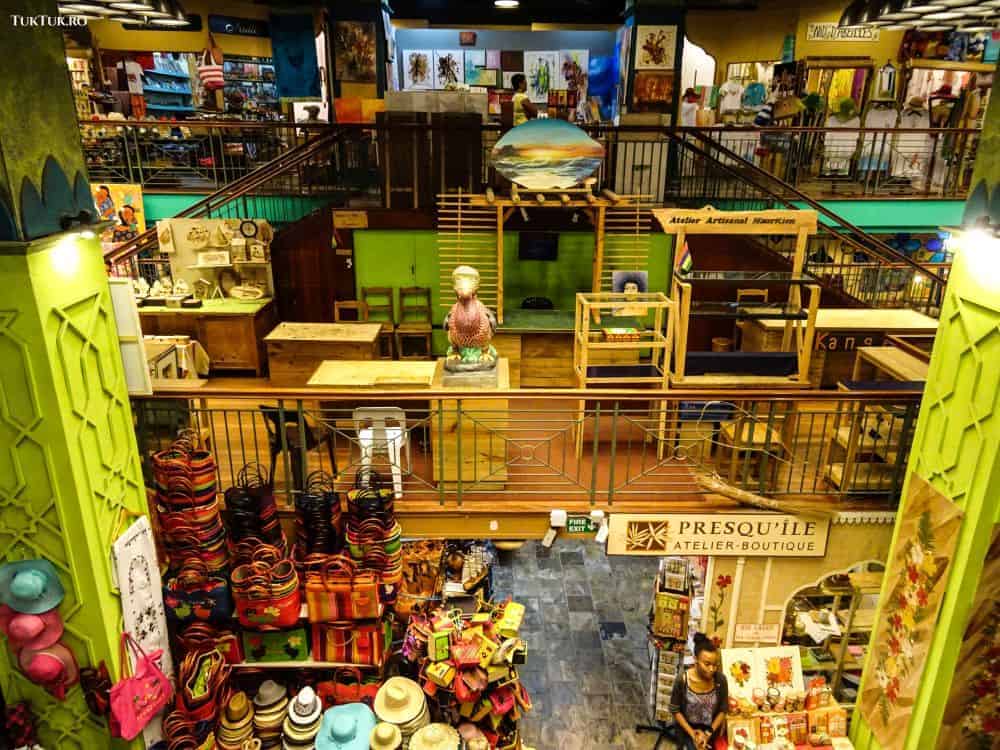
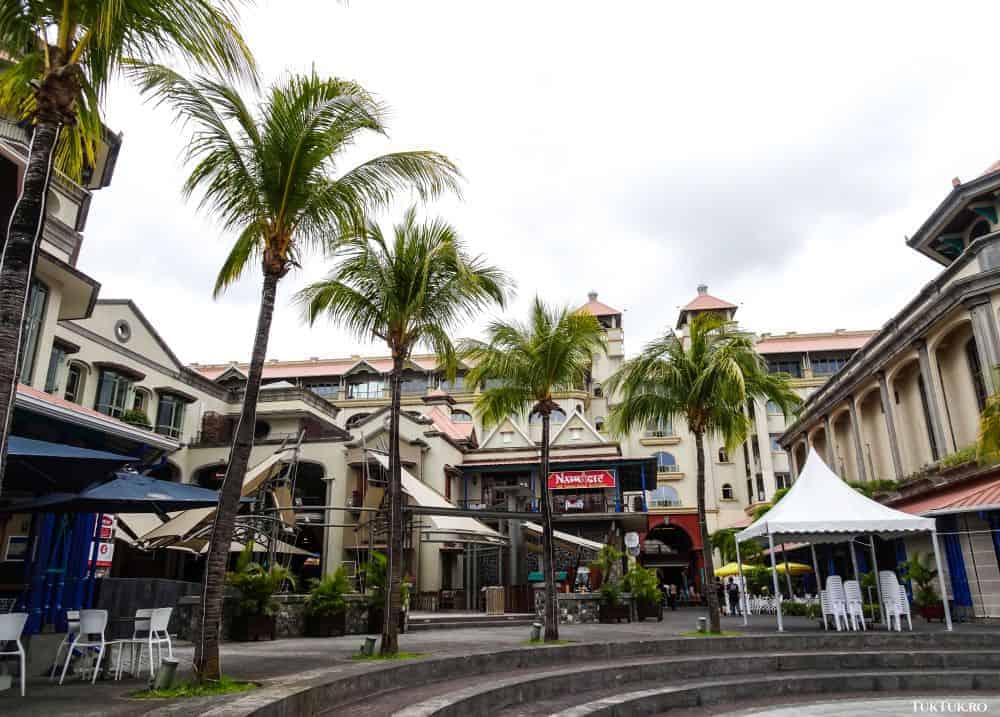
Its name comes from King Louis XV of France and the fact that the then French inhabitants called the region the “North-West Port”. It’s the country’s main financial center, a veritable tax heaven where banks, trading companies, and, of course, the most important state institutions are crammed together.
It’s not necessarily the place to spend your holiday, but if you’ve arrived in Mauritius and are in the mood to explore the island, don’t miss it. Among the attractions I didn’t see, due to lack of time, but have read about, are the Photography Museum, China Town, Champ de Mars (where every weekend, from March to December, horse races are held), the National History Museum and the Blue Penny Museum, a museum where you learn more about the second symbol of Mauritius (besides the ubiquitous but extinct Dodo bird) – the Blue Penny stamp, a copy of this extremely rare stamp being found here.
Sitting on the lip of a volcanic crater at Trou-aux-Cerfs in Curepipe
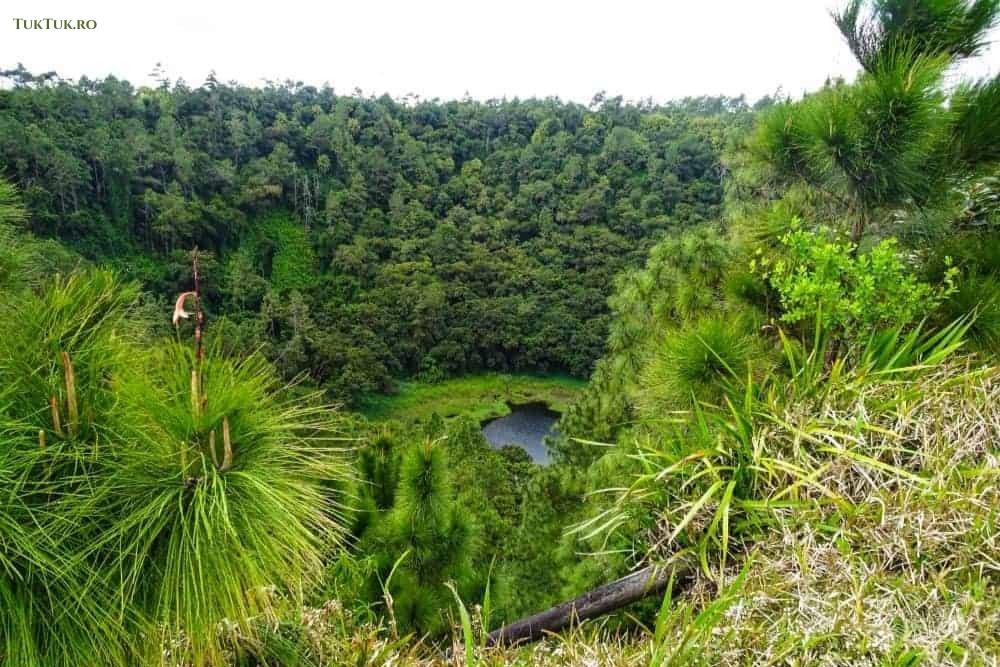
With almost 100,000 inhabitants, Curepipe is the second largest town in Mauritius, after the capital Port Louis. Located close to the center of the island, Curepipe has a cute legend that comes from its French name – “curer sa pipe” means “clean your pipe”: it is said to be the place where Napoleon’s soldiers, marching from Port Louis to Grand Port, stopped to smoke and clean their pipes.
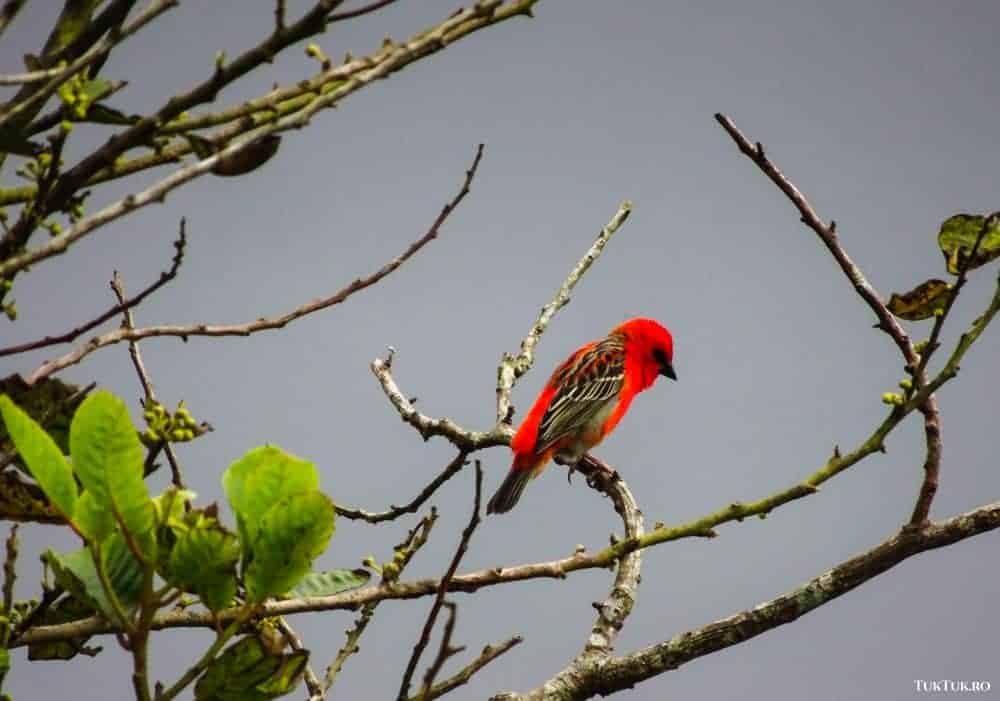
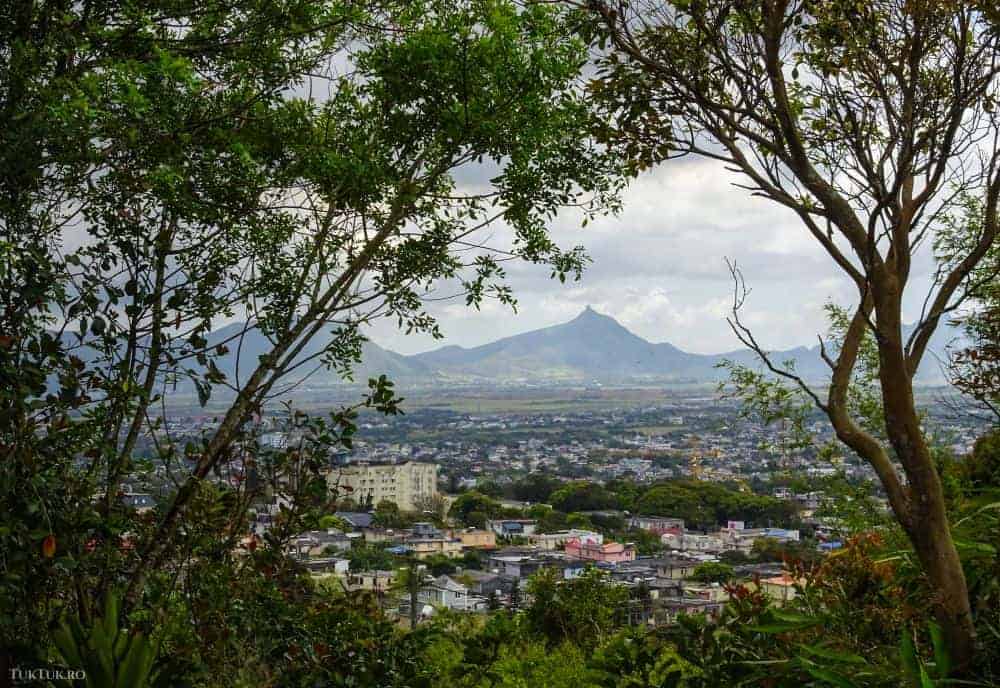
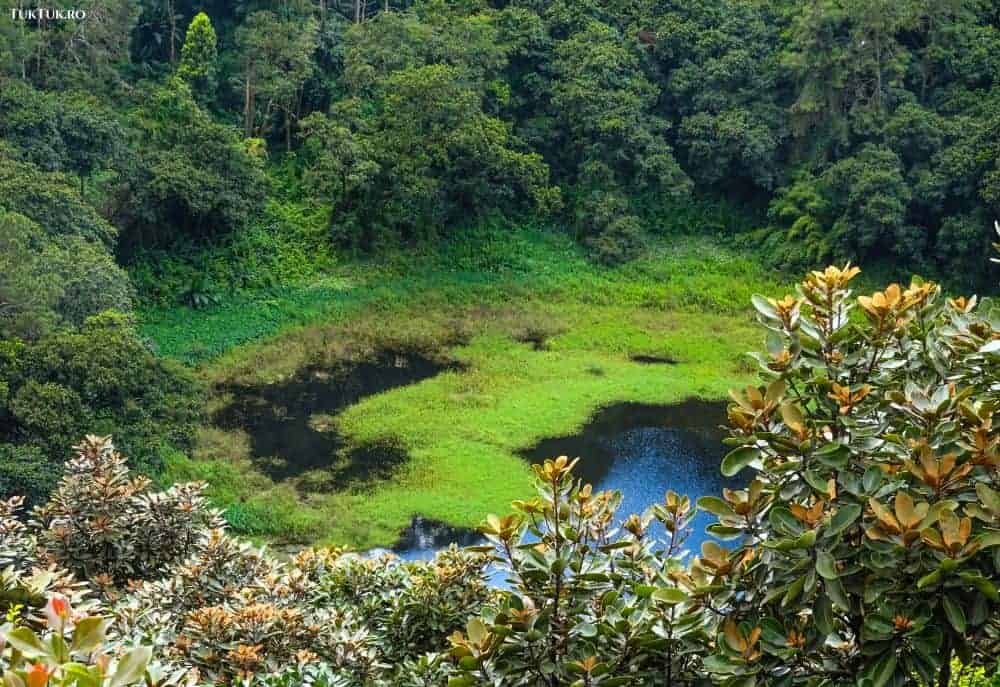
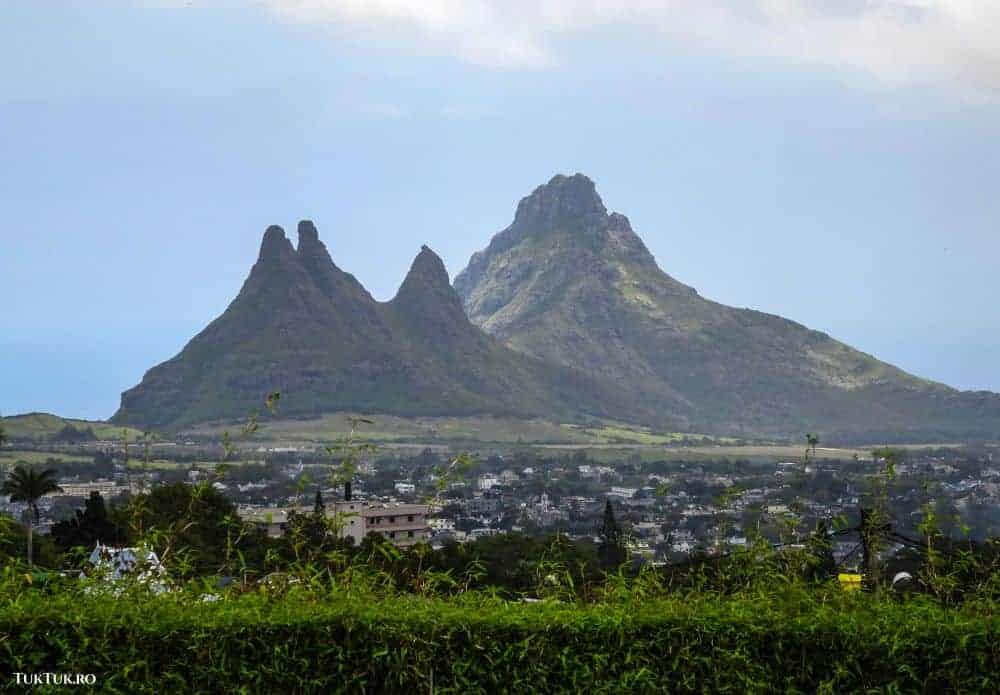
I didn’t visit the town itself (although, apparently, it has some nice sights – colonial architecture buildings, casinos, and even a botanical garden), but I did climb the volcanic crater Trou-aux-Cerfs, which rises 600m above sea level. Around, the town’s administration has laid out a quiet park where you can walk and admire the views that stretch generously all over, bringing to your eyes the oddly crested mountains of Mauritius. One of them is Montagne du Rempart, another – Trois Mamelles (!), while another has a nickname of its own – Pamela Anderson, the imaginative ones mistaking it for the American starlet in a sexy pose: lying on her back, with her generous breasts stretching skywards.
The crater is 300m in diameter and 80m deep, with a lake at the bottom that is obviously unreachable. You stop at the ‘view point’, take a few photos, maybe buy some raspberries from the street vendors and continue your walk thinking that thousands of years ago, who knows how many thousands of years ago, flames were coming out of the crater you are in.
Green your spirit at the Pamplemousses Botanical Garden
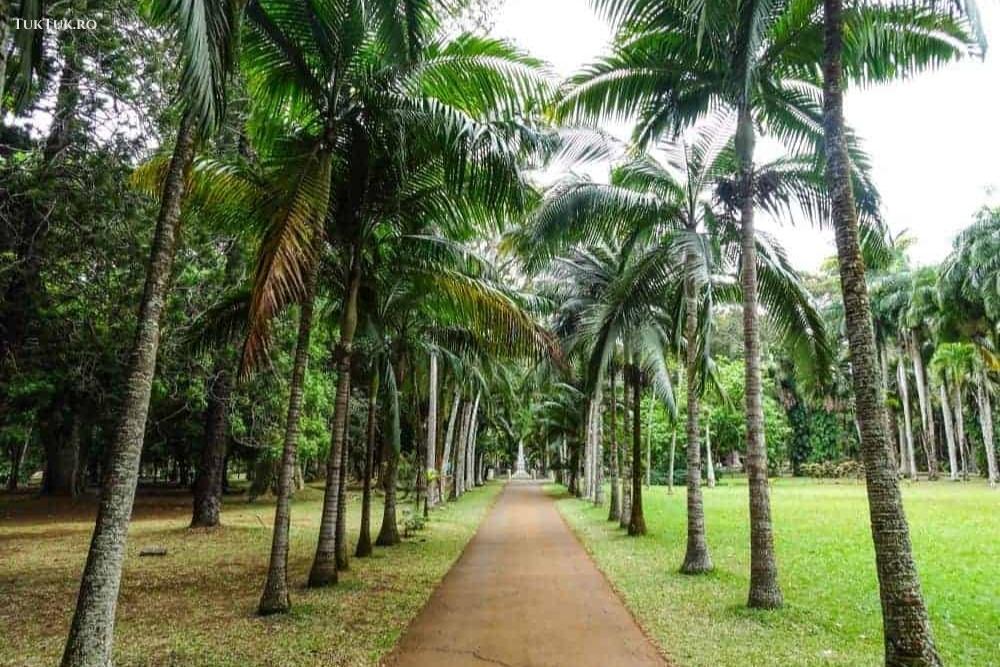
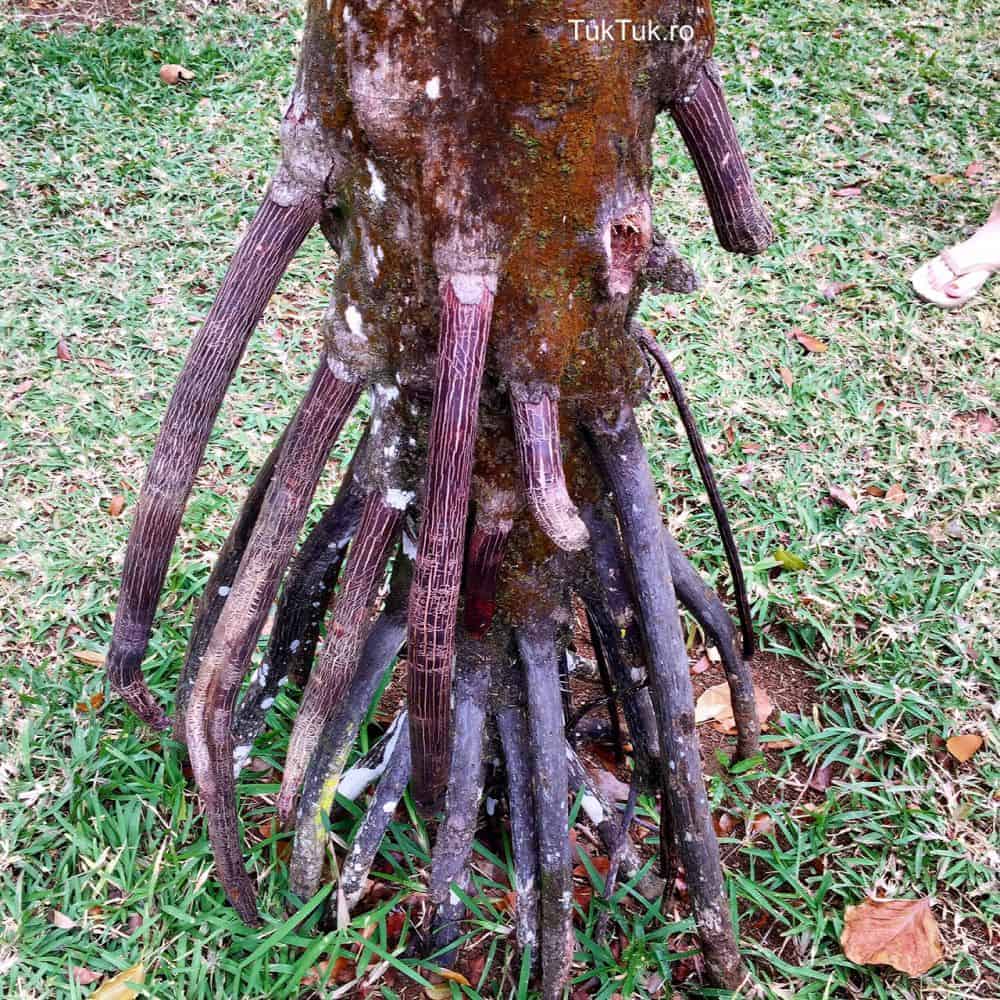
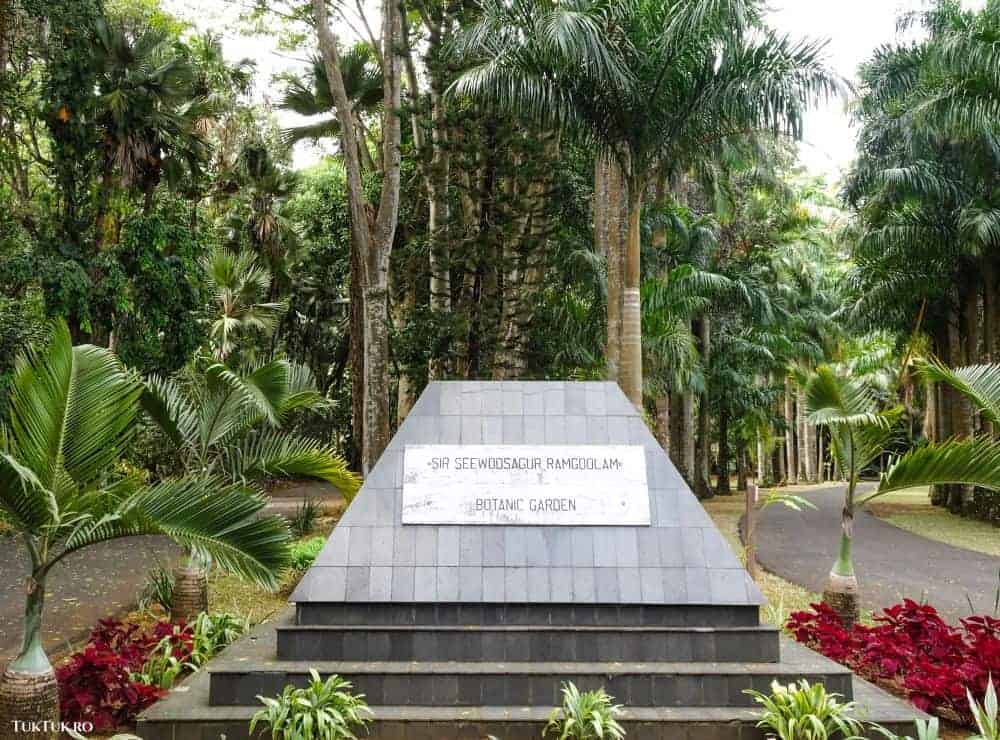
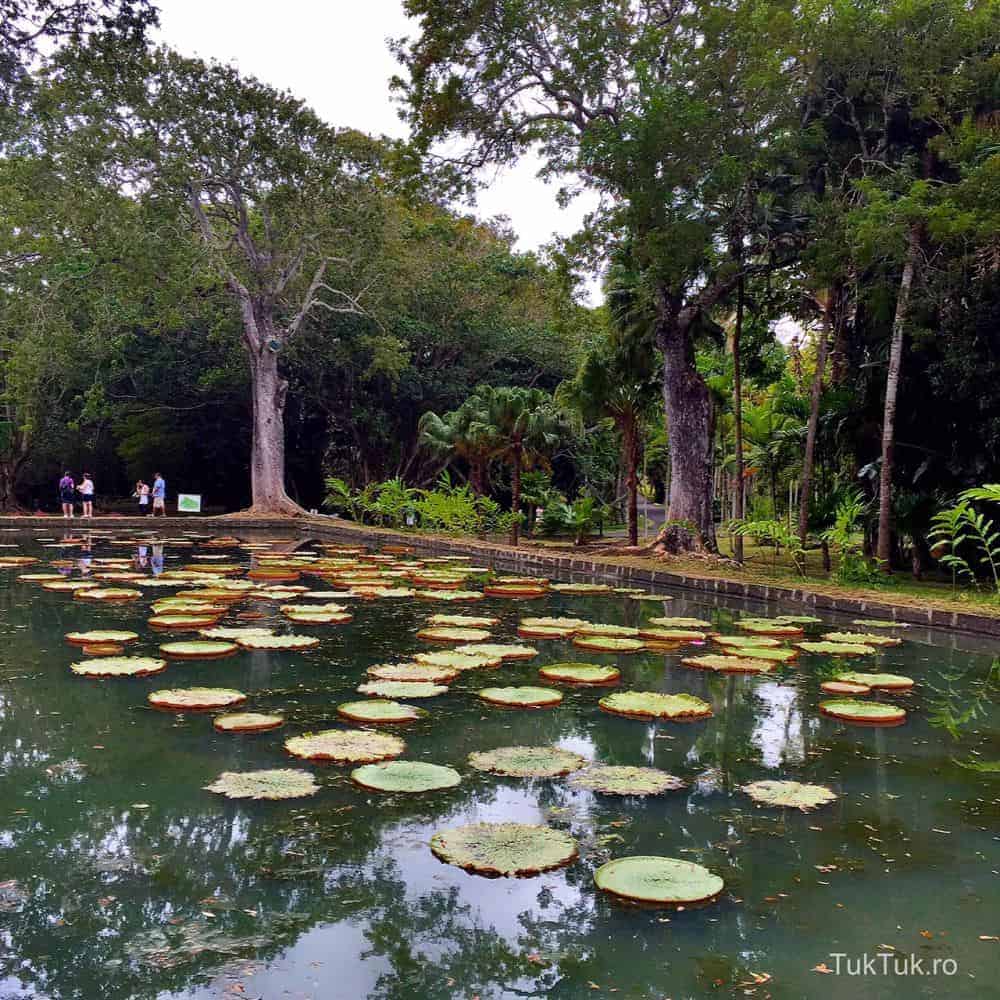
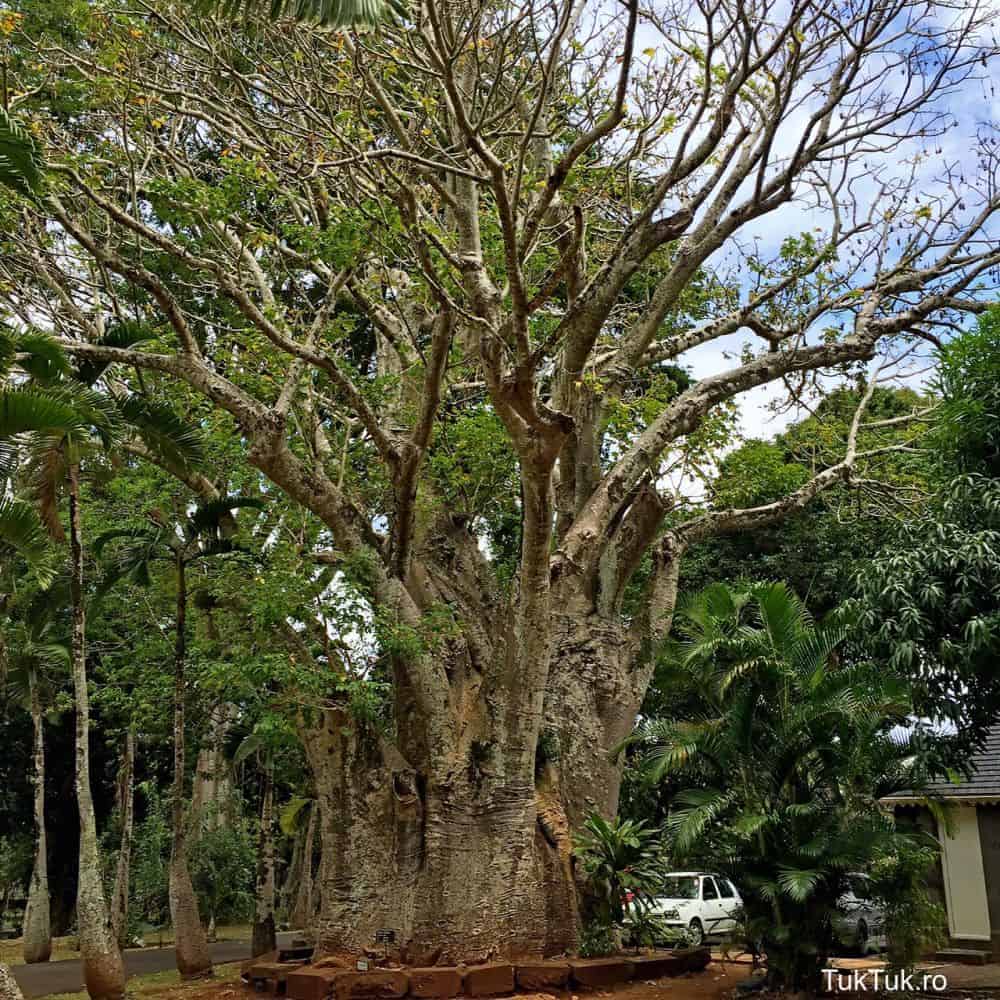
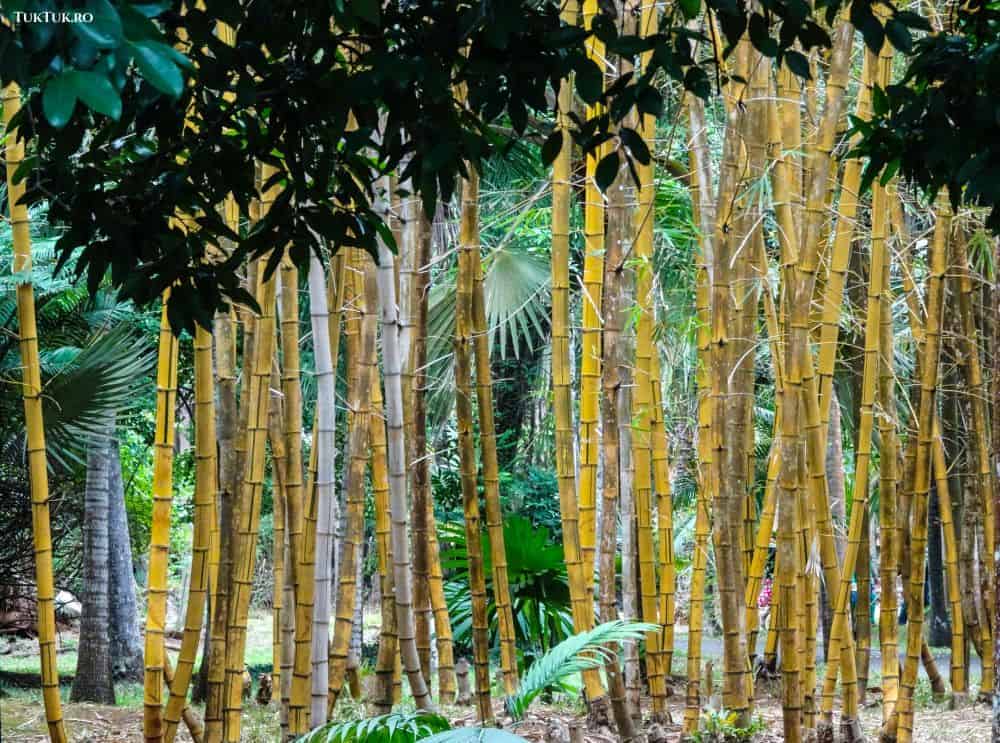
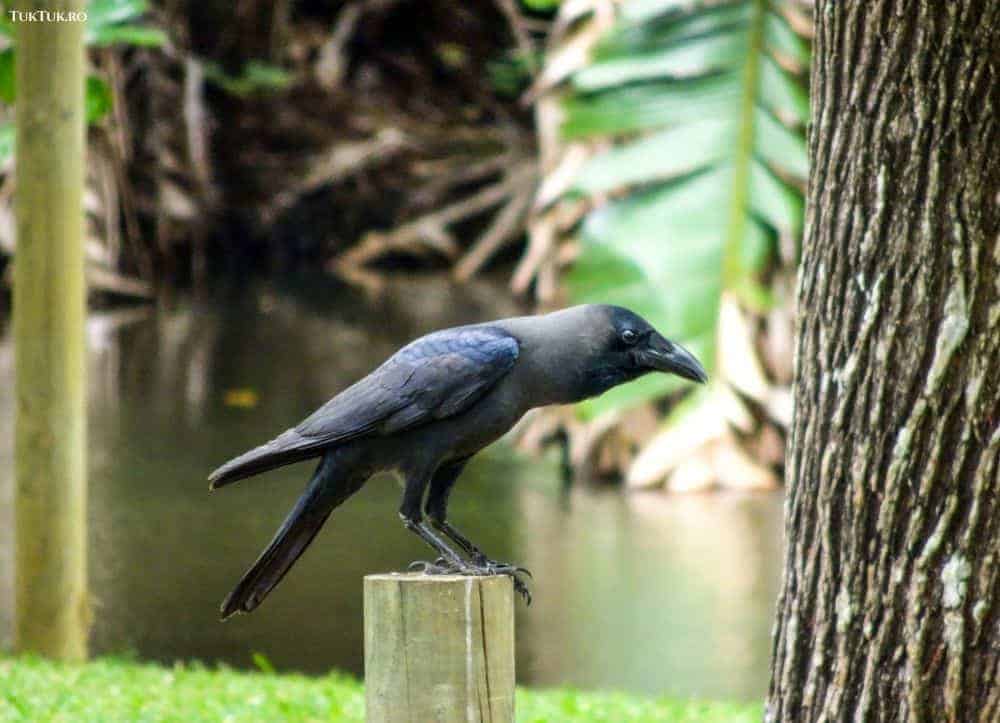
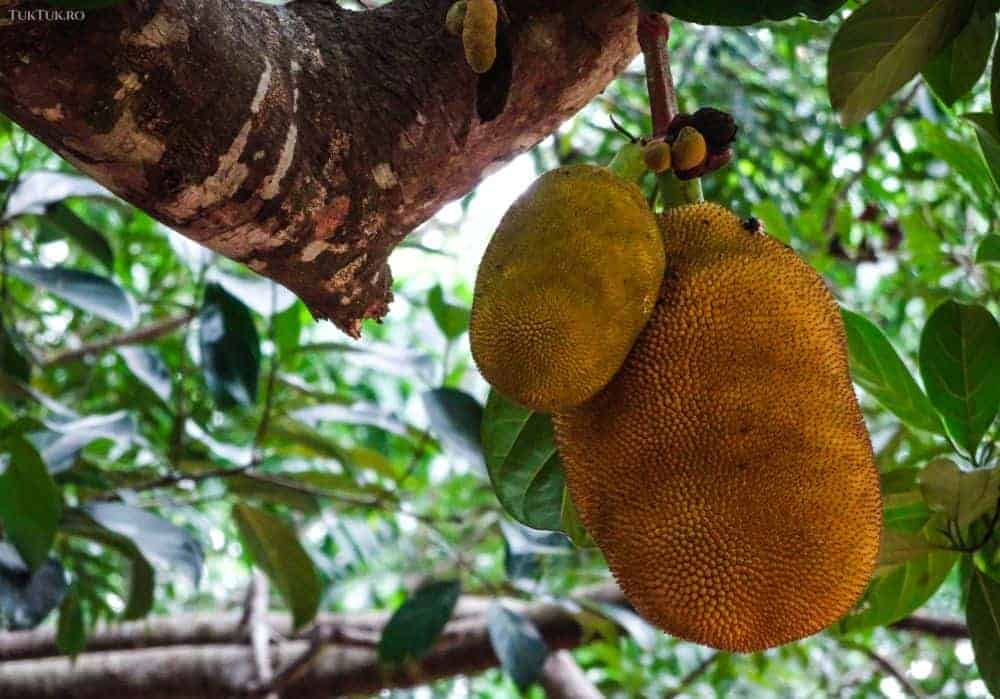
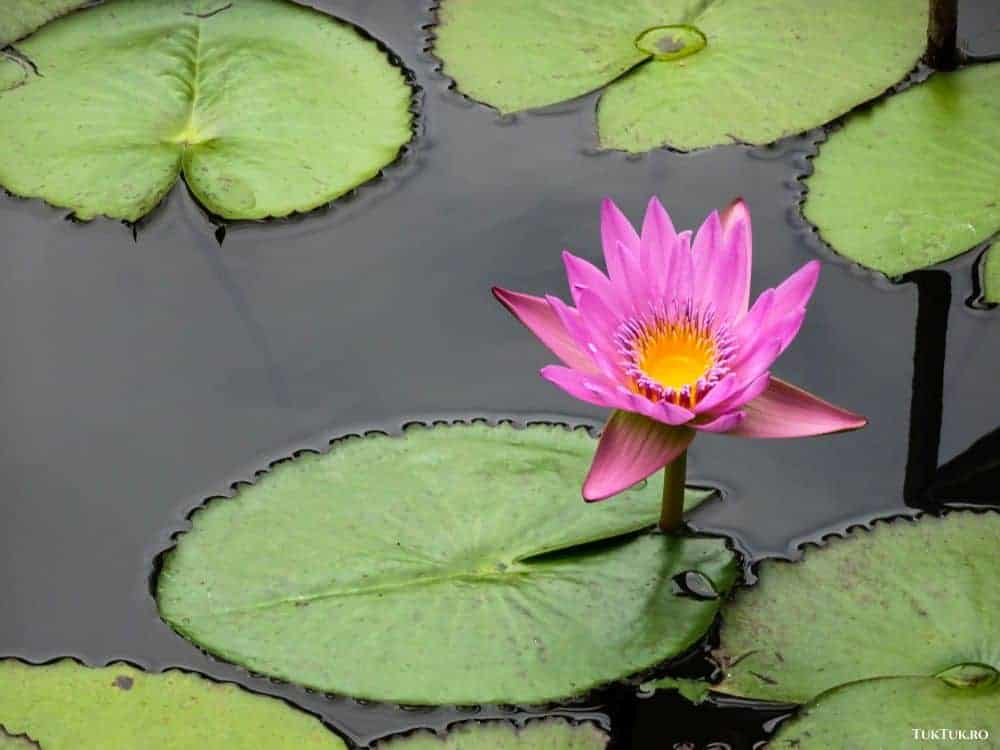
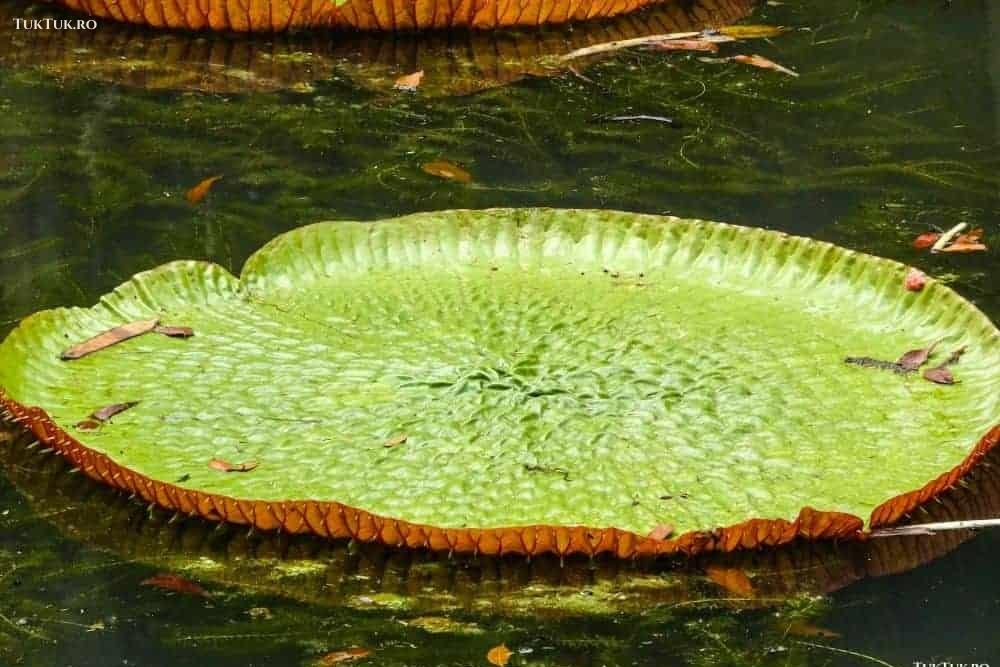
If you’ve ever had the curiosity to search for photos of Mauritius, one of the images that probably sticks in your mind is that of giant water lily leaves on a stretch of water. Lots of leaves. You’ll find them in the Mauritius National Botanical Garden, which since 1988 has been called Sir Seewoosagur Botanic Garden (in honor of the man who led the island to independence) and is one of the most visited sights here.
Although a botanical garden is not as spectacular as a zoological one, the 1 ½ to 2 hours spent at Pamplemousses will bring peace to your soul and fill your spirit with green. The garden was opened almost 300 years ago by François Mahé de La Bourdonnais, the French governor of the island, as private property, then became a horticultural research center and, a little later, a public botanical garden.
Today it is home to more than 650 types of plants, the ‘stars’ being the baobabs, the 85 types of palm, and the giant nut trees mentioned above. But I also admired many other plants, trees, and shrubs, sometimes feeling like Ferdinand the bull sniffing the flowers. Plus, other unnoticed but photographed oddities of nature, such as the penis shrub.
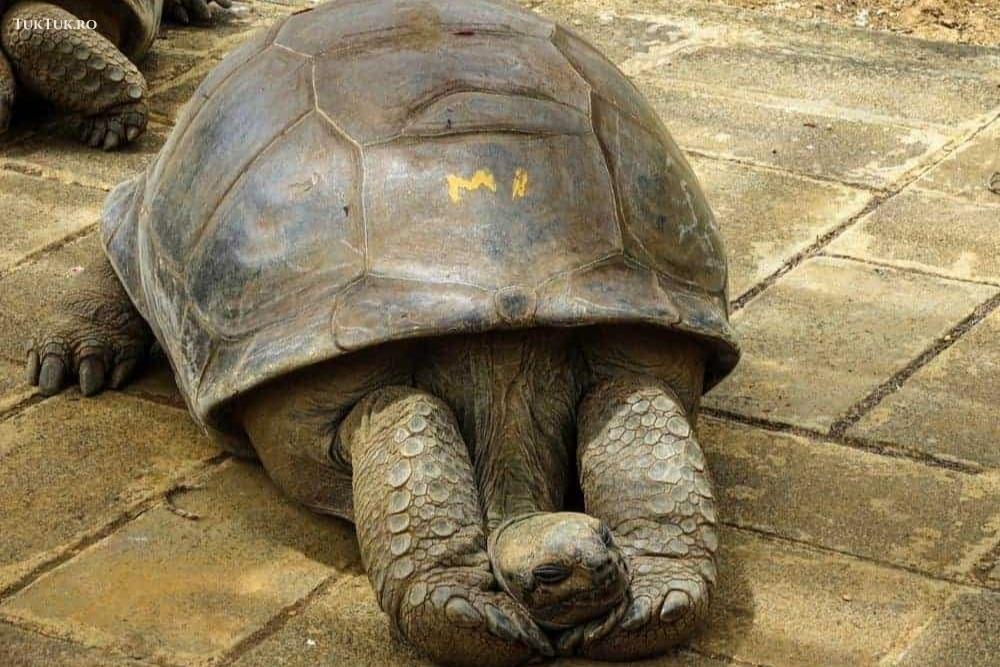
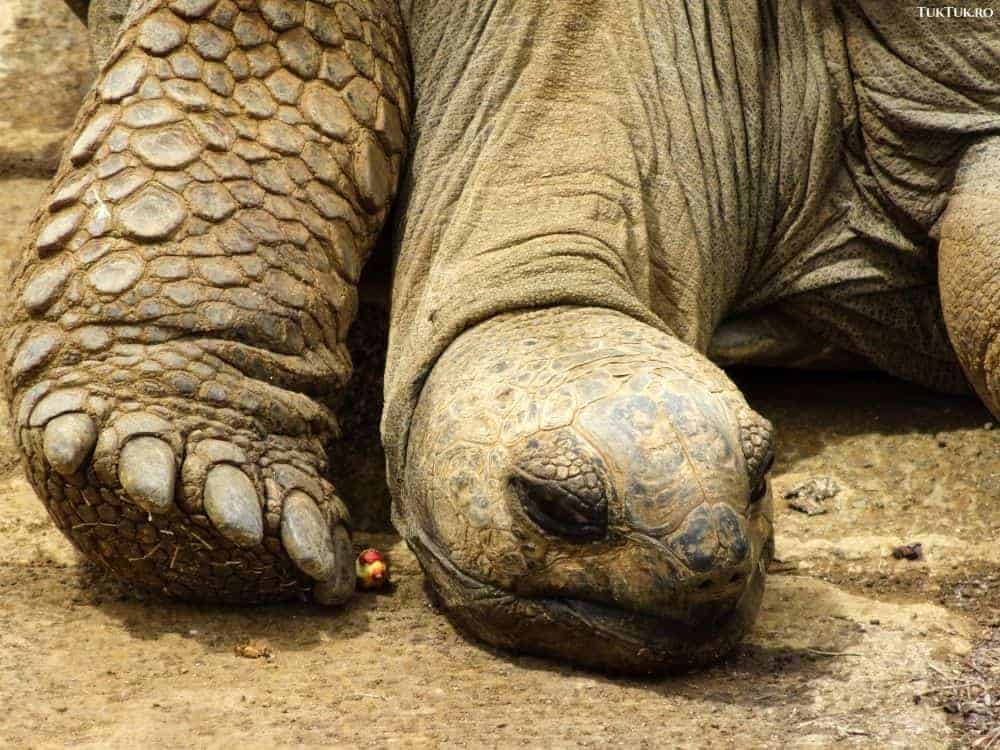
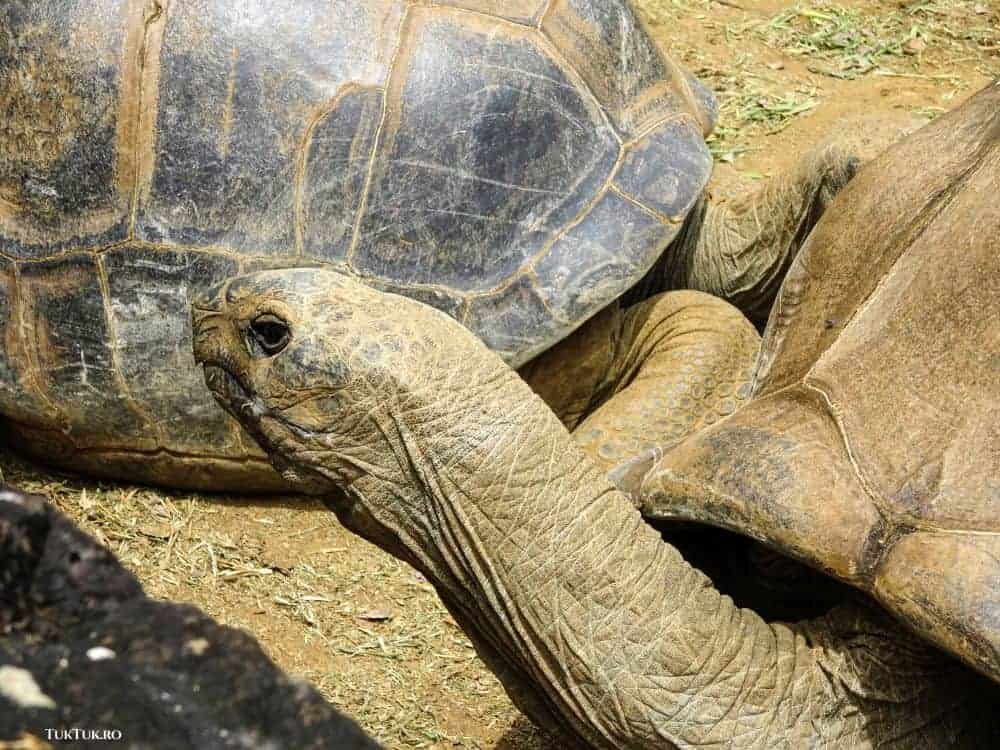
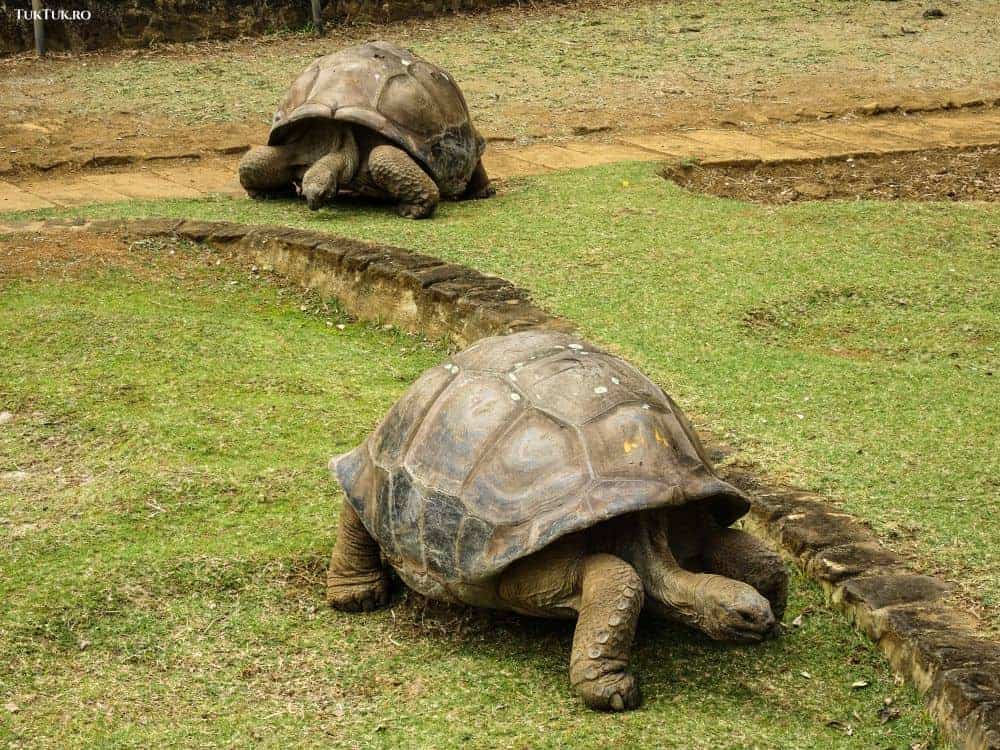
It’s 37 acres, lined with alleys and beautiful surprises. Among them, the water lily pond (with all its flowers – white, pink, orange, lilac), the lotus pond (water lilies and lotuses are often confused, but they are different plants, even if they look alike) and especially the giant tortoise pen, where you are greeted by cute characters moving at the speed of light.
Admission to the Pamplemousses Botanical Garden costs €8 (adult). Children under 5 enter for free. Opening hours: 8.30am – 5pm.
Climb a lighthouse at Pointe aux Caves, the lighthouse in Albion
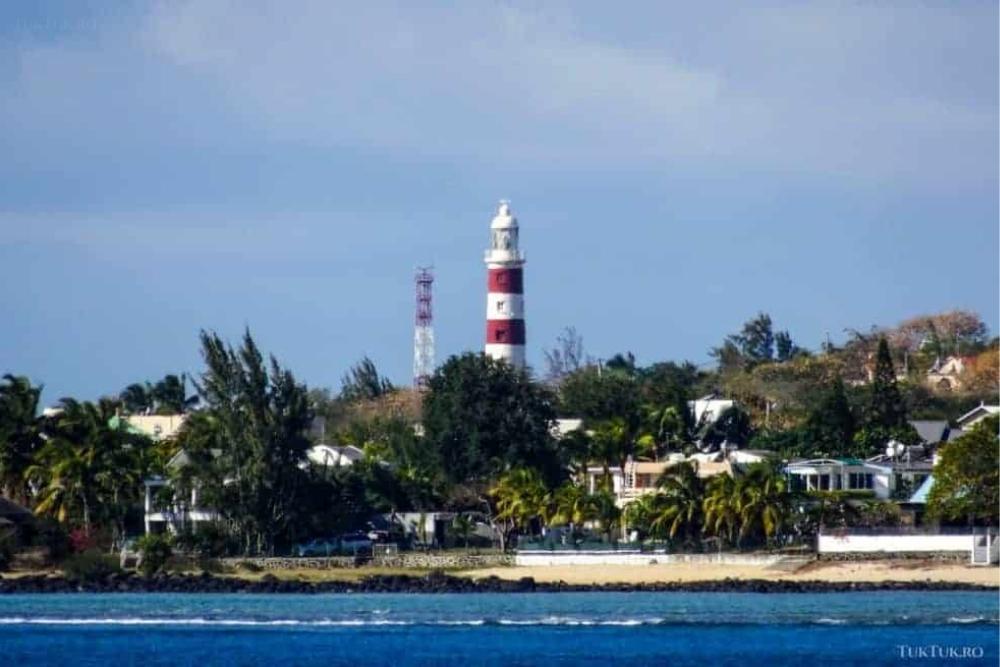
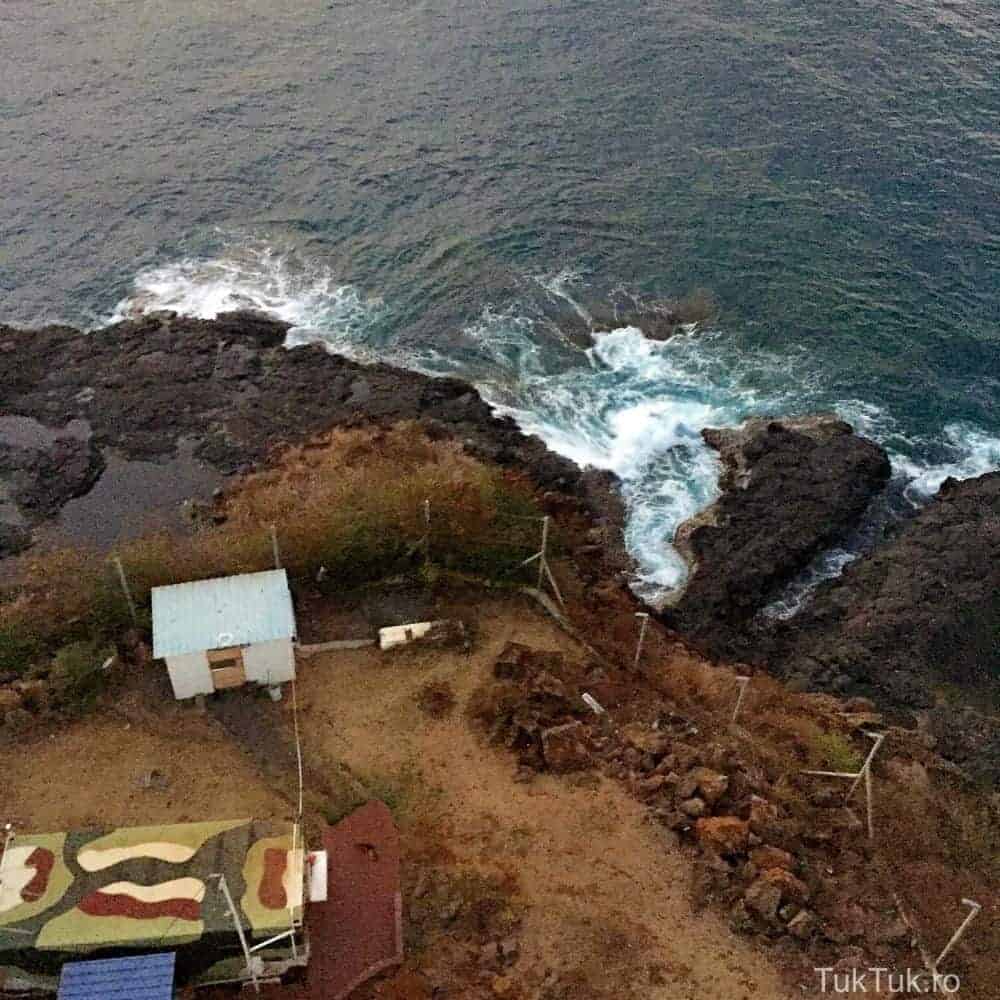
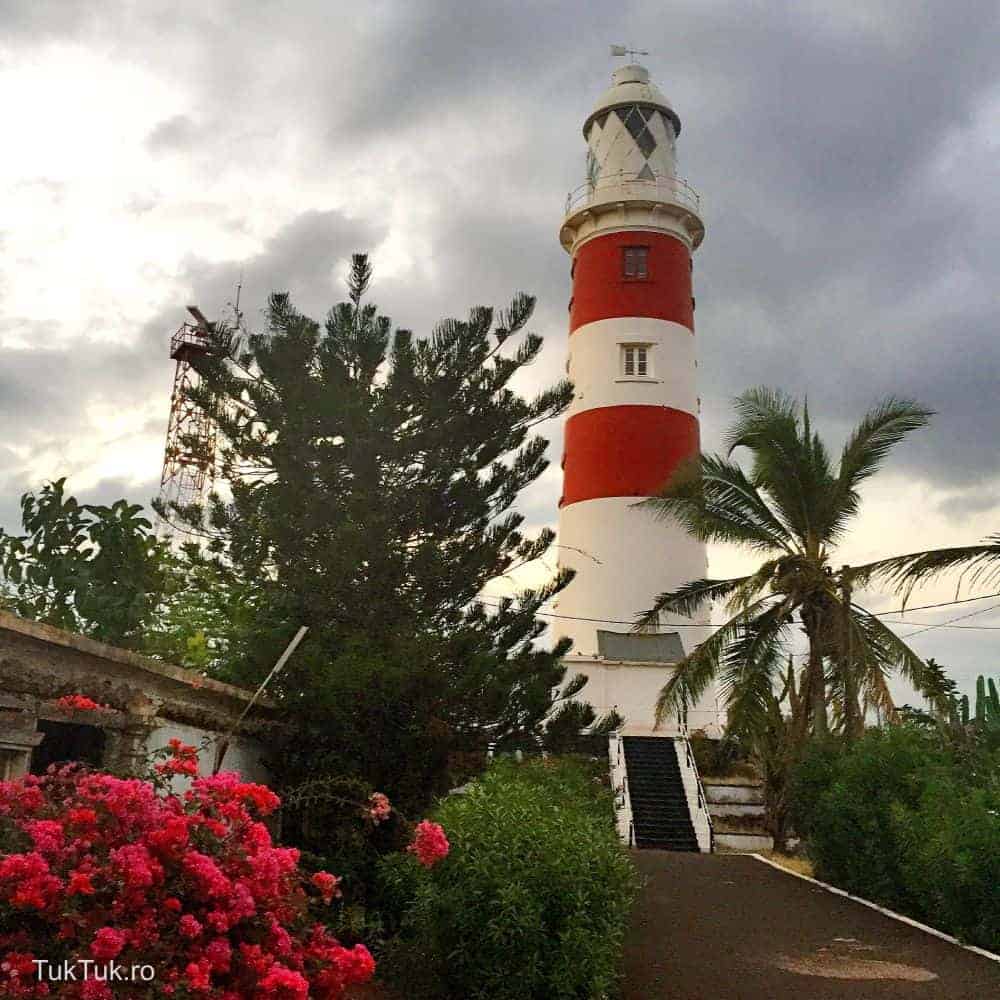
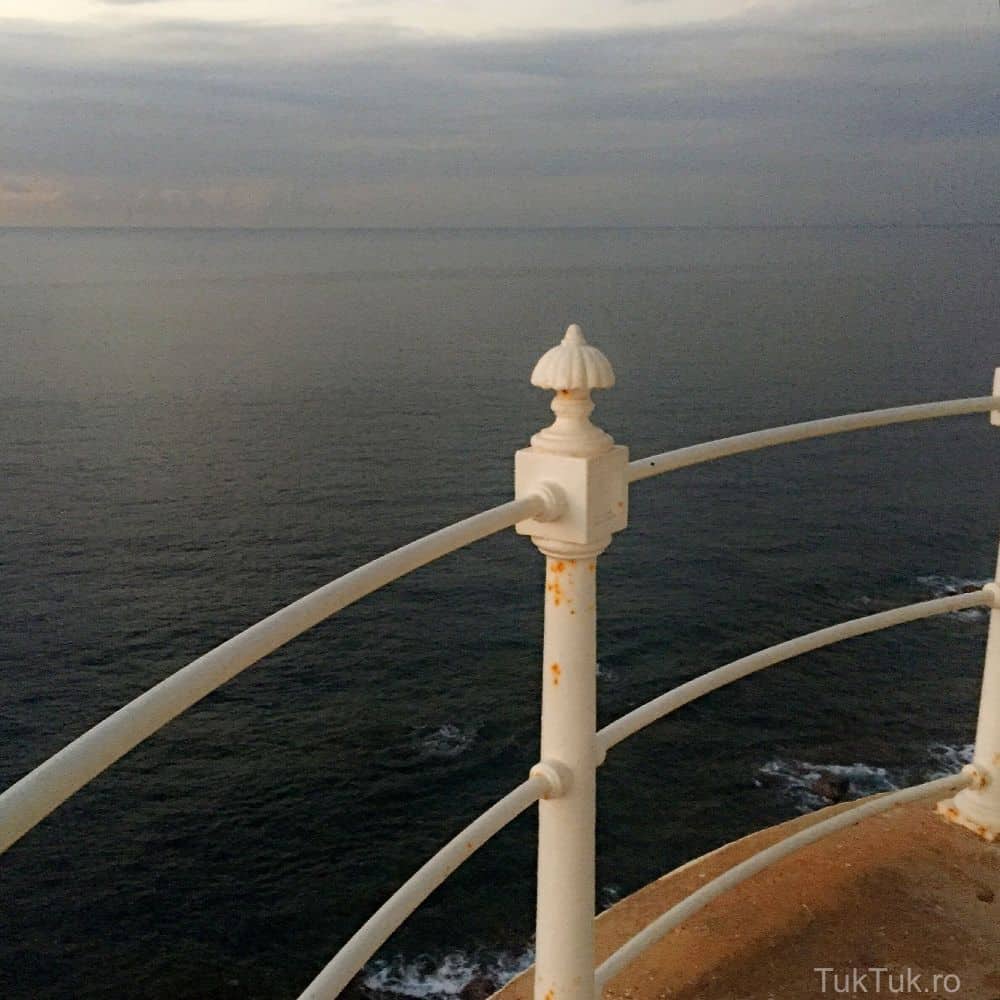
I don’t know if you’ve ever climbed a lighthouse before. It’s not a great thing, but… it can be amazing. From the beach at Club Med La Plantation d’Albion, you can see the Pointe aux Caves lighthouse, standing tall on the ocean shore in its red and white colors, like an eternal lighthouse keeper whose light bulb is lit every night to guide ships approaching the coast of the African continent. Anyway, I don’t know how much more is technically going on with this guidance, but beyond that, it’s clear that the lighthouses retain a special air, magic that urges any traveler to pay special attention to them, whether it’s from a distance or even from inside.
On the west coast of Mauritius, the lighthouse at Point aux Caves (Albion) has become emblematic of the region, perhaps also because it was built a hundred or so years ago, in 1909 to be precise (it was inaugurated a year later). It is 30 meters high and falls under the jurisdiction of the Mauritius Port Authority, and you need a special permit to visit it.
Thanks to Christophe of Turkish Airlines Mauritius, I was lucky enough to climb into the Albion Lighthouse at the crack of dawn, just before its keeper turned on the light and left. Because of this, I had to rush (I only had a few minutes) and didn’t get to photograph him inside. But I climbed up the steep staircase, then up the spiral staircase inside (passing through the engine room), saw the huge bulb, the light amplifying lens, and the rotating system, and stepped out onto the top platform for a bit, where I admired the panoramic view at dusk. Magnificent!
Drive on one of the most beautiful roads in the world, Macondé Road
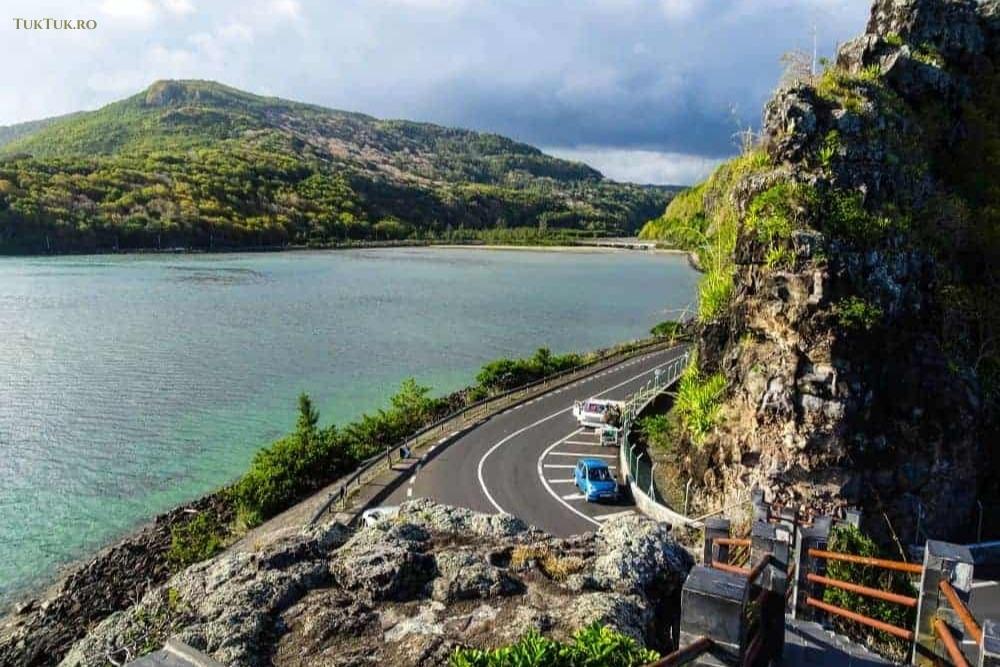
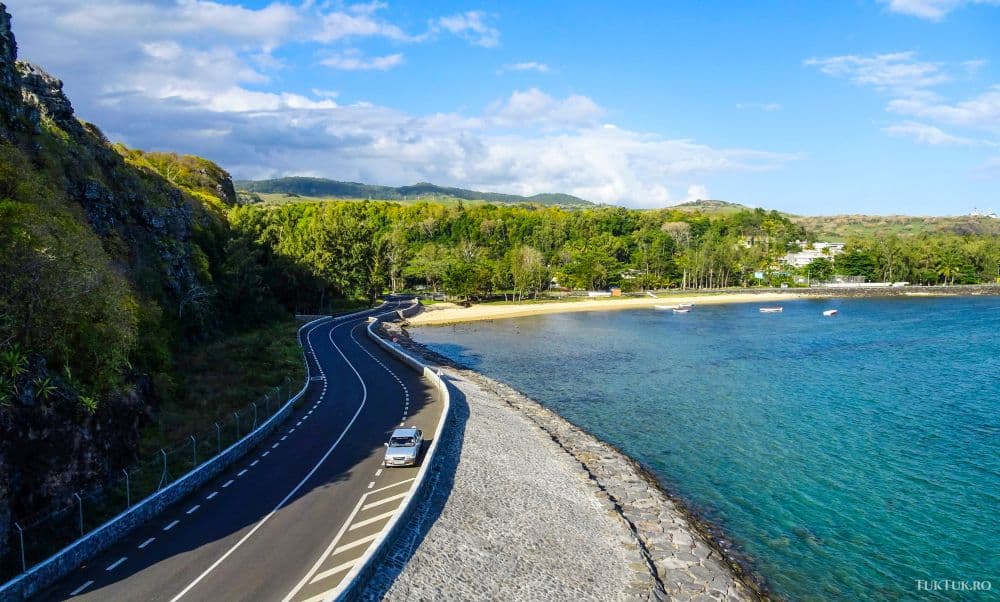
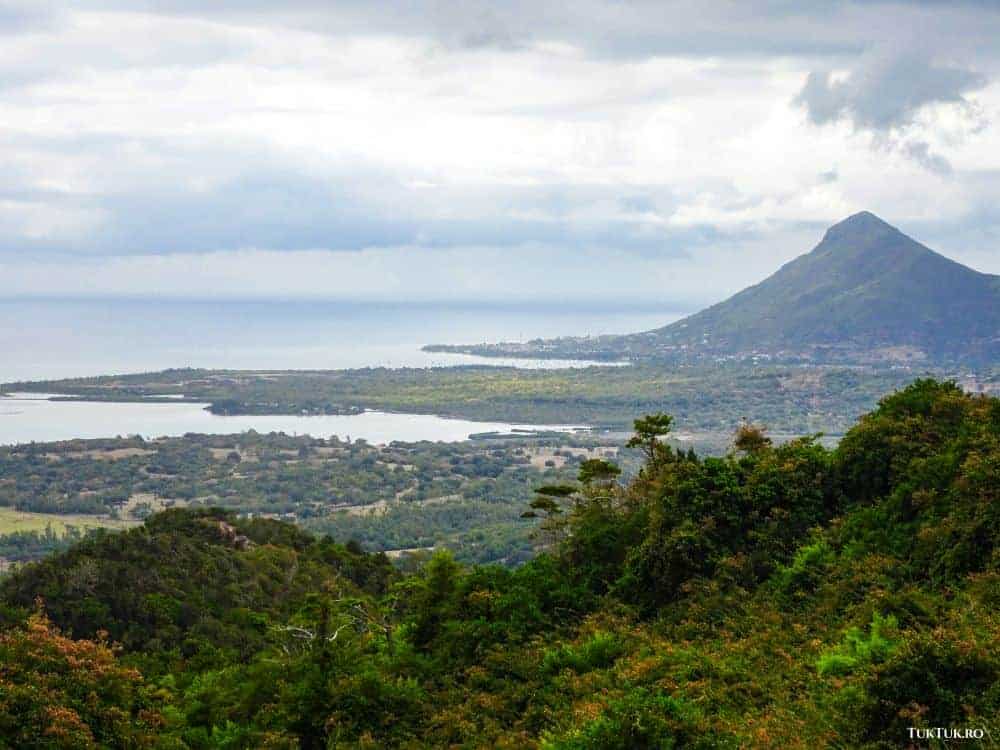
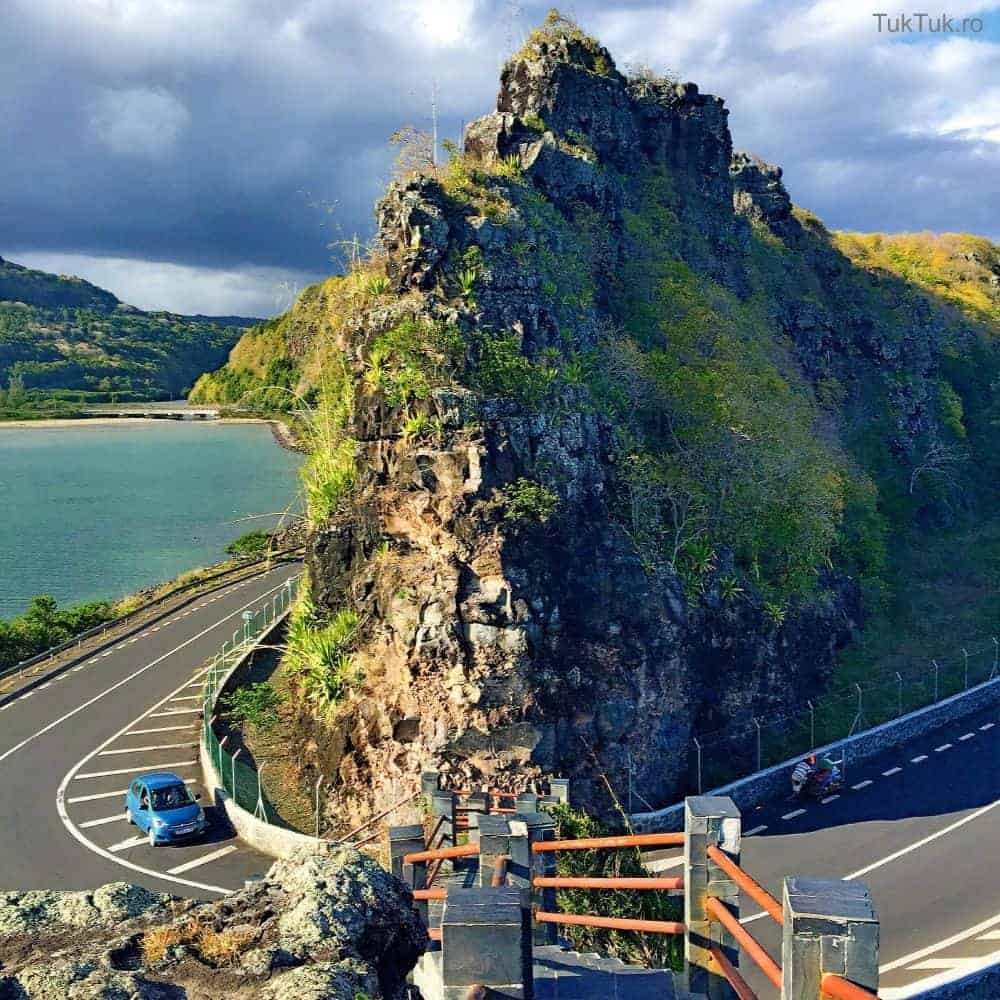
Last but not least, one of the things you can do without much hassle in Mauritius is to take a drive. The island doesn’t abound in high-quality roads, but if you take it from north to south, you’ll discover a few places you’ll love.
One of these, perhaps the best, is the Macondé Road, which last year made it into the French Le Petit Futé’s authoritative list of the world’s most beautiful roads. The road lies in the south of the island and winds around a gorgeous bay at one point. The idea is to stop at that spot, park on the side of the road and climb the headland that offers views of the shoreline. They say if you’re lucky, you may see giant turtles swimming nearby. I didn’t. Still, I was lucky: to arrive in Mauritius, this beautiful island where Paradise has many faces and where you should come at least once in your life.
You may also like: Pamplemousses Botanical Garden, in Mauritius


